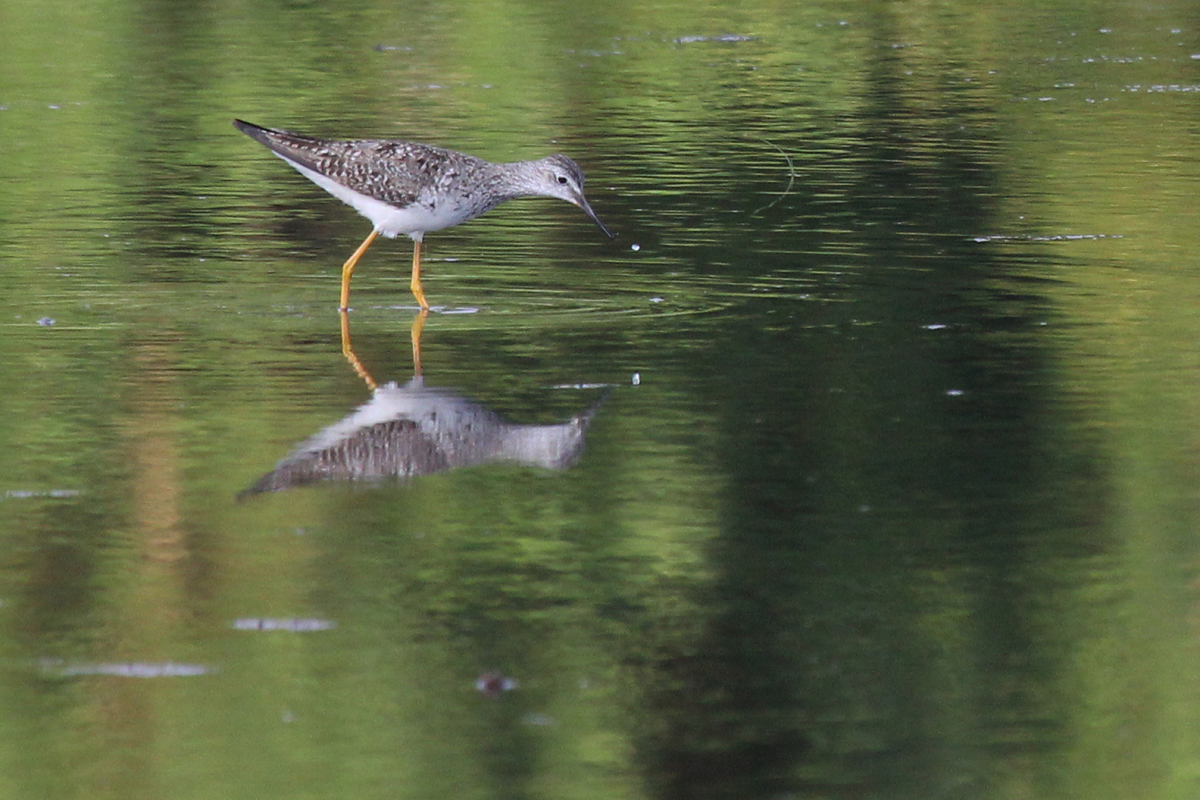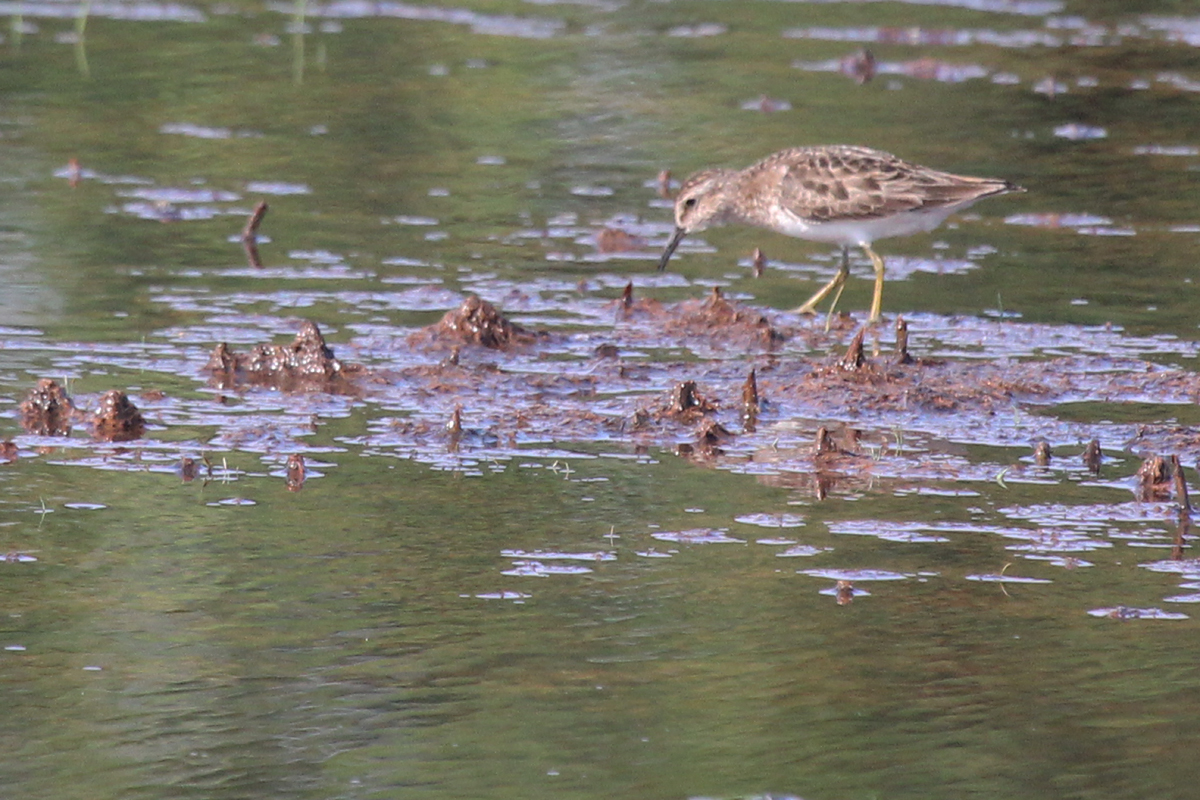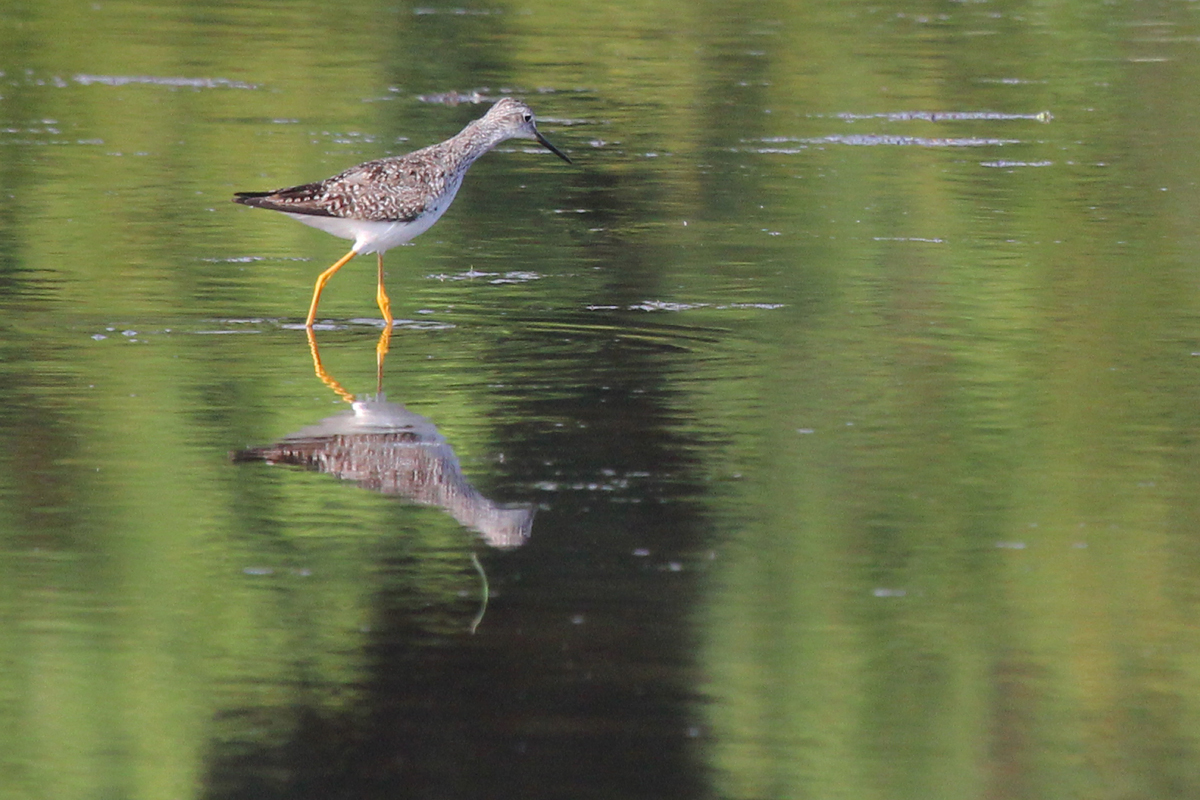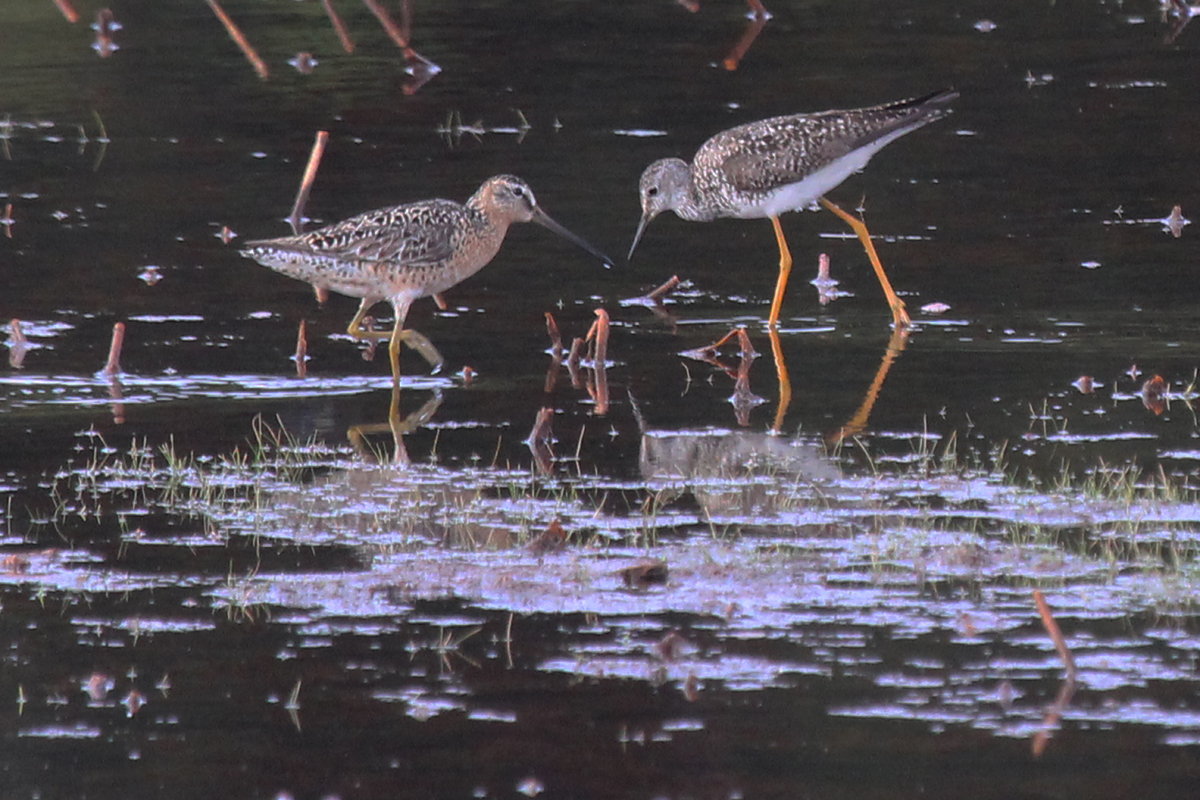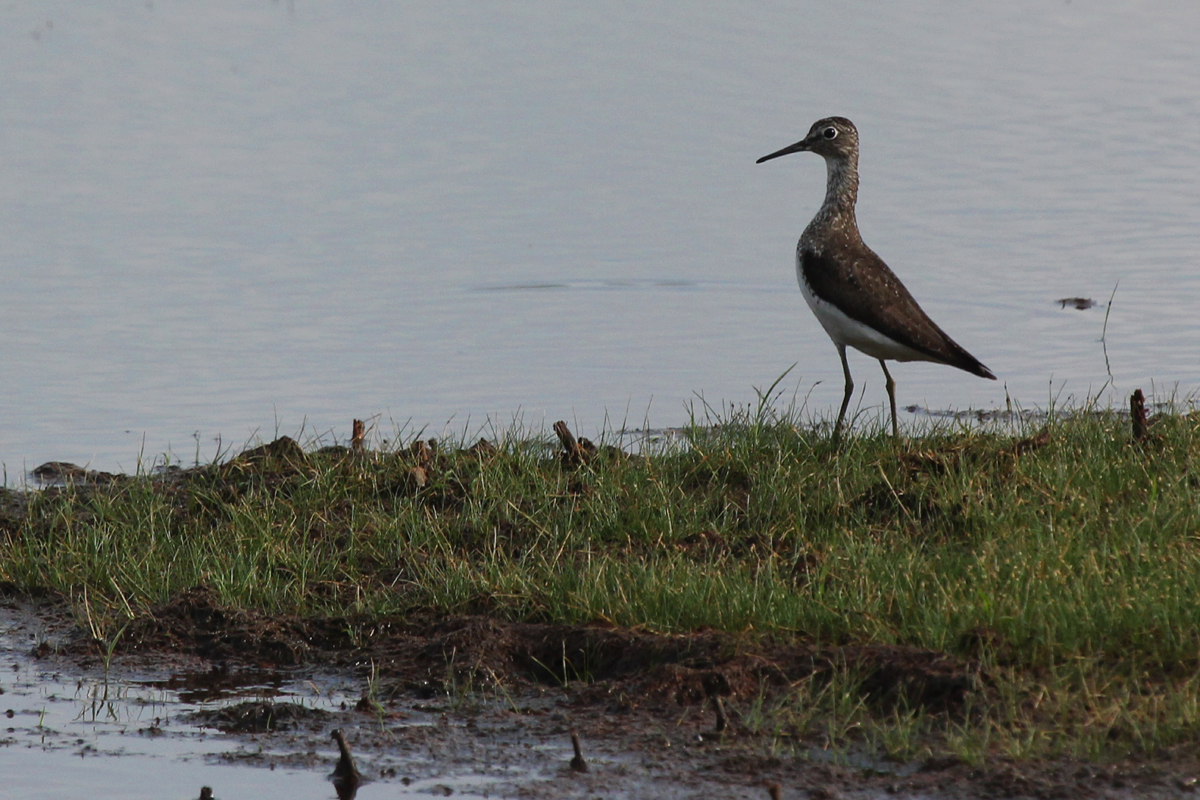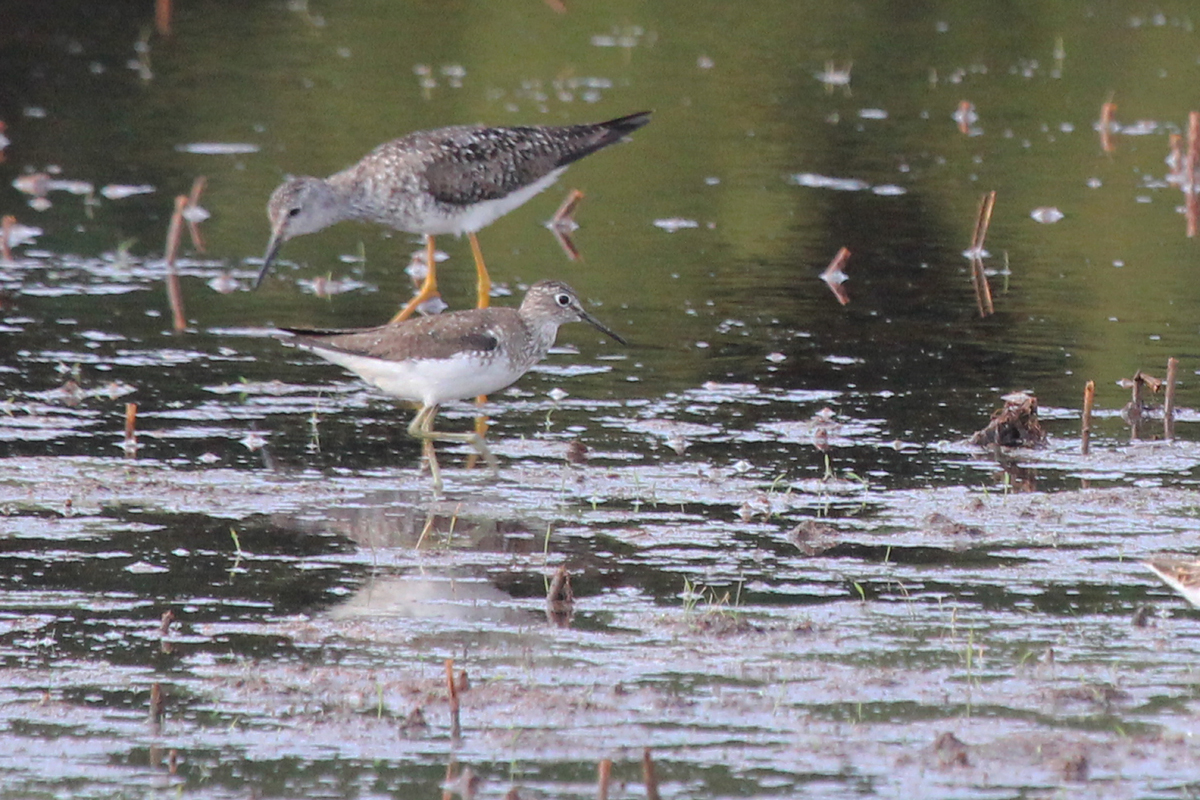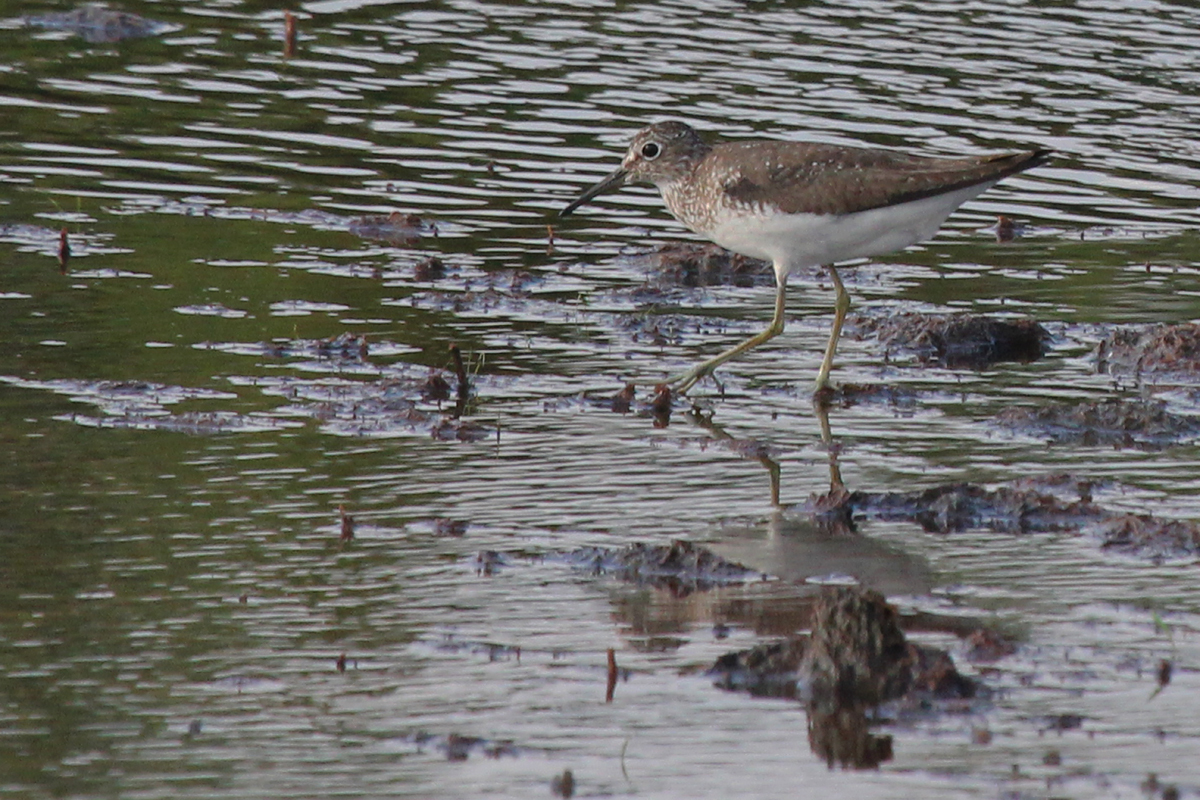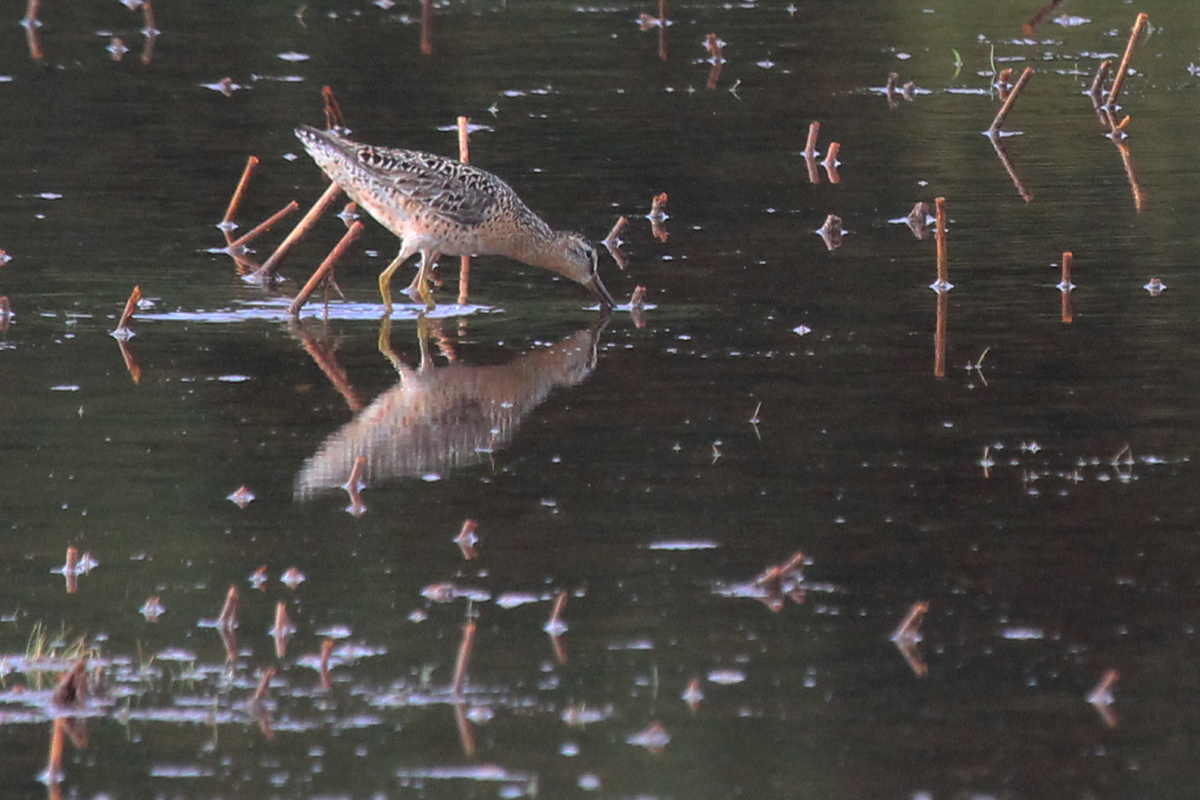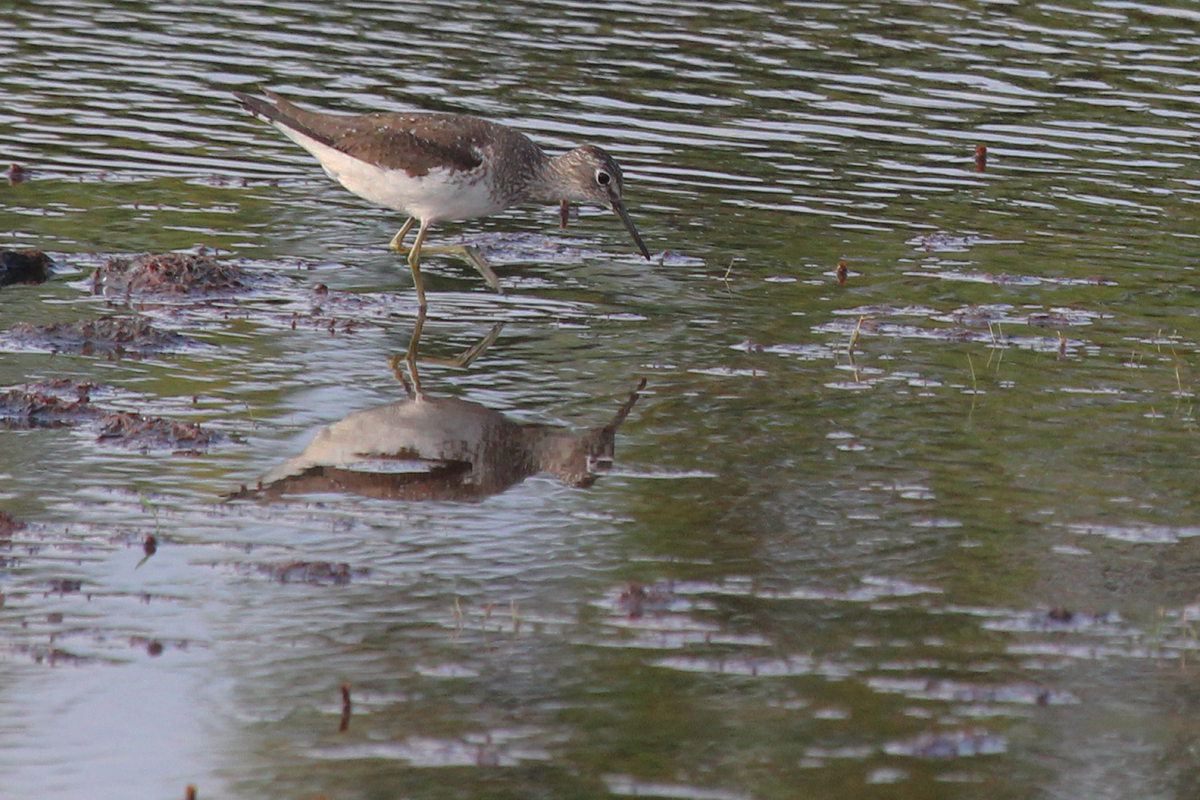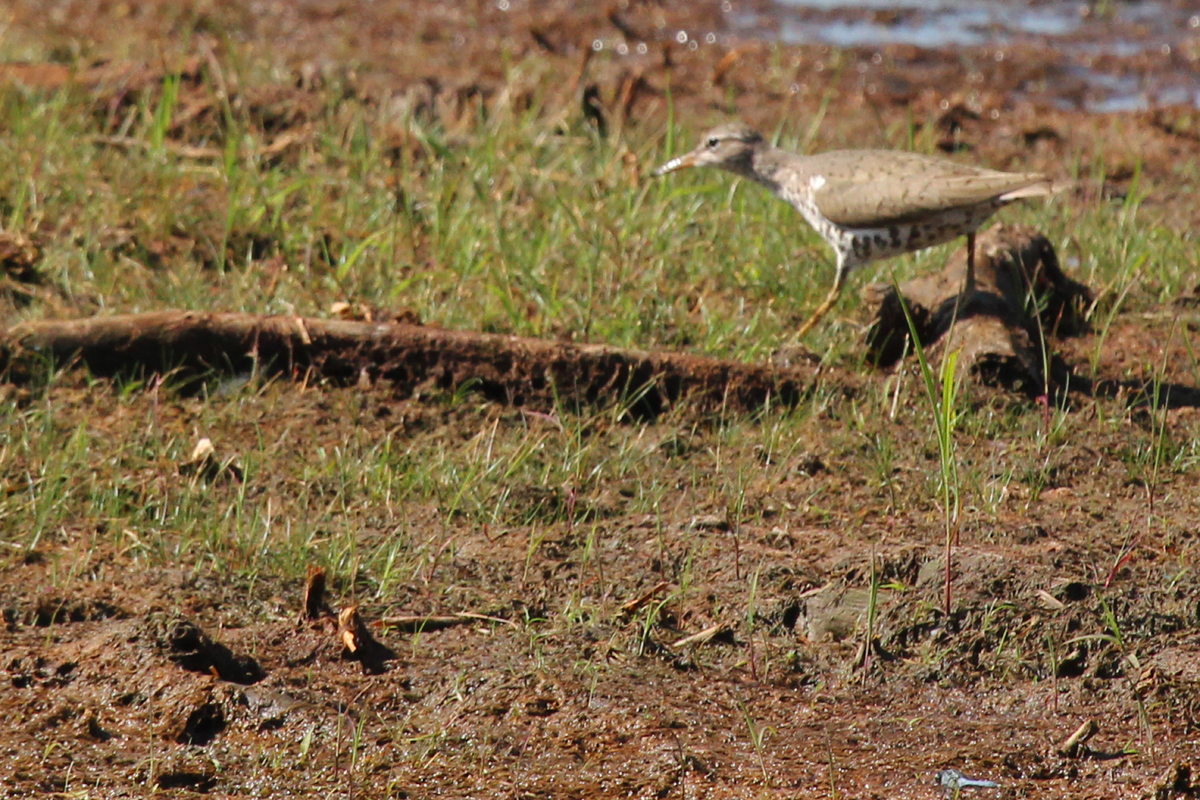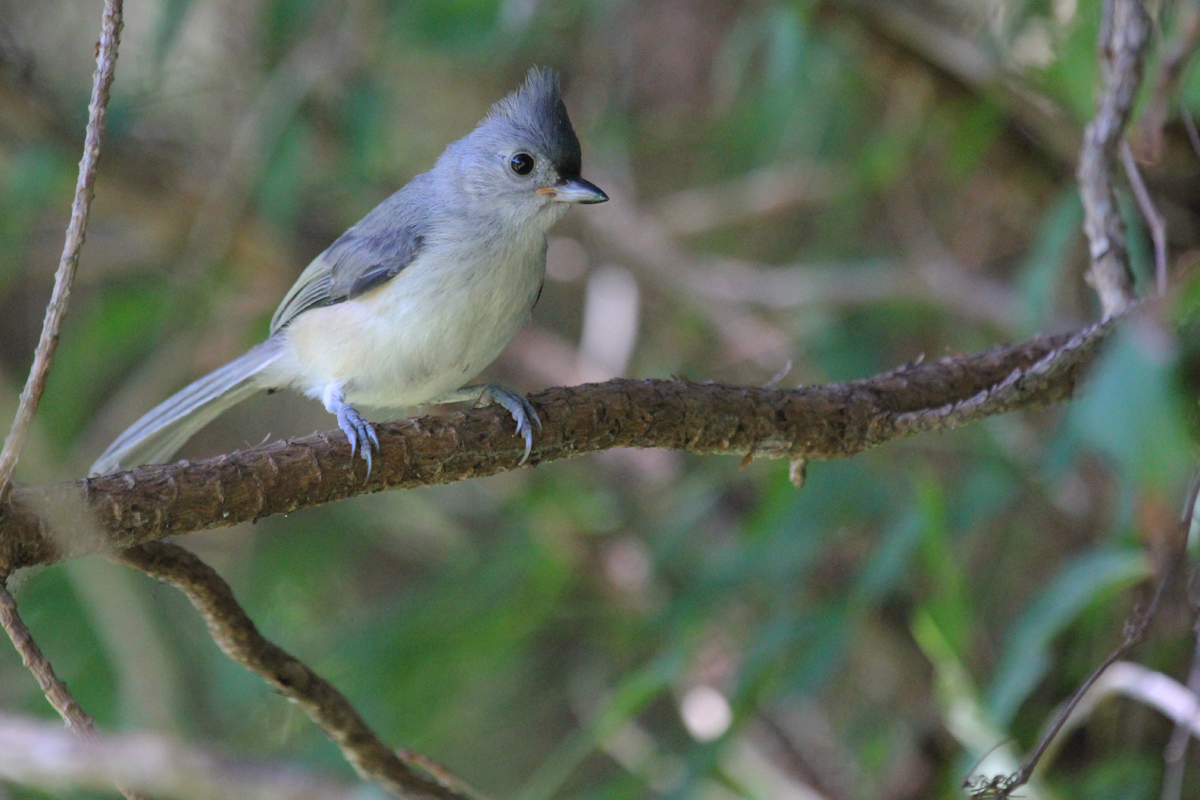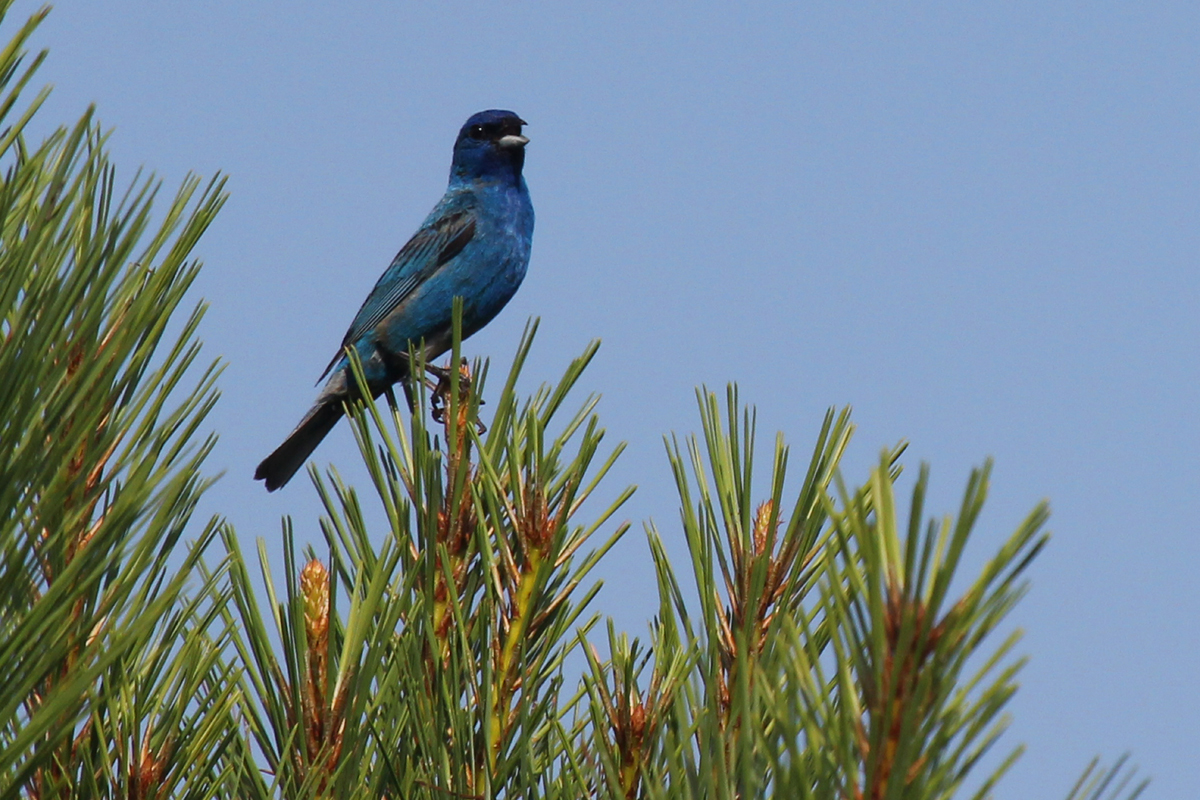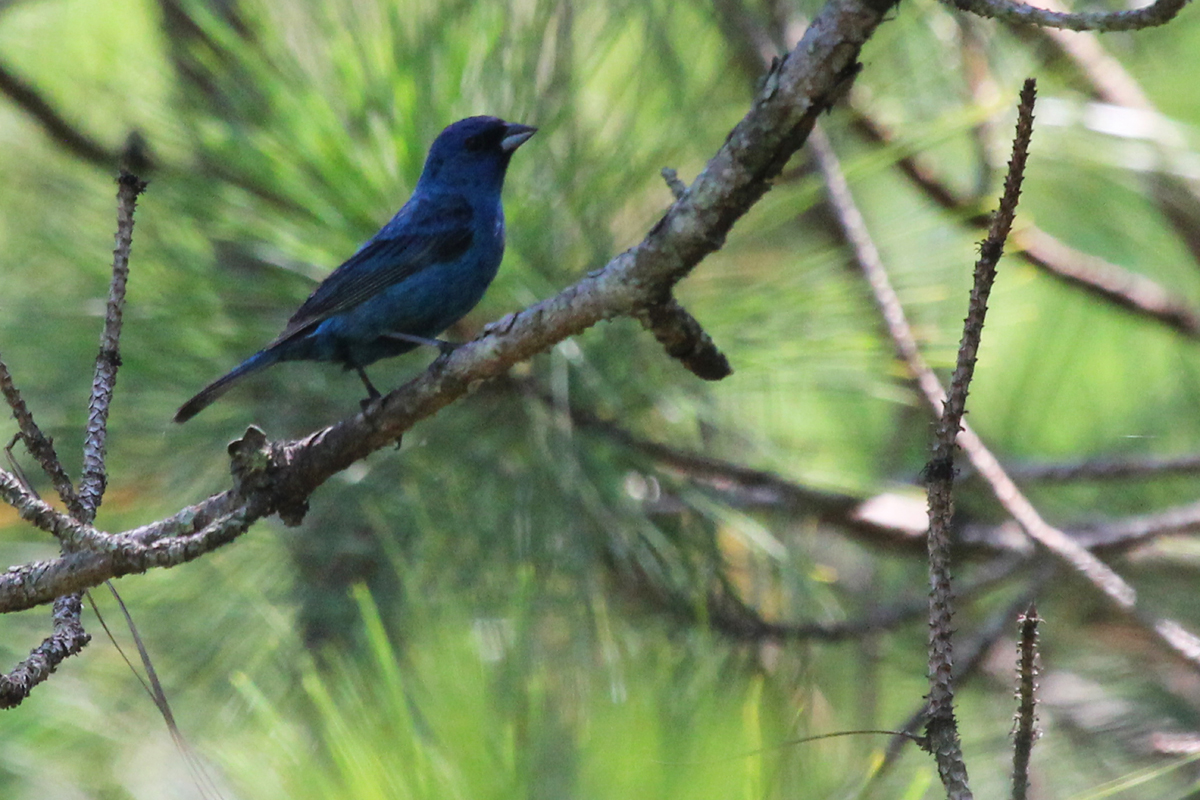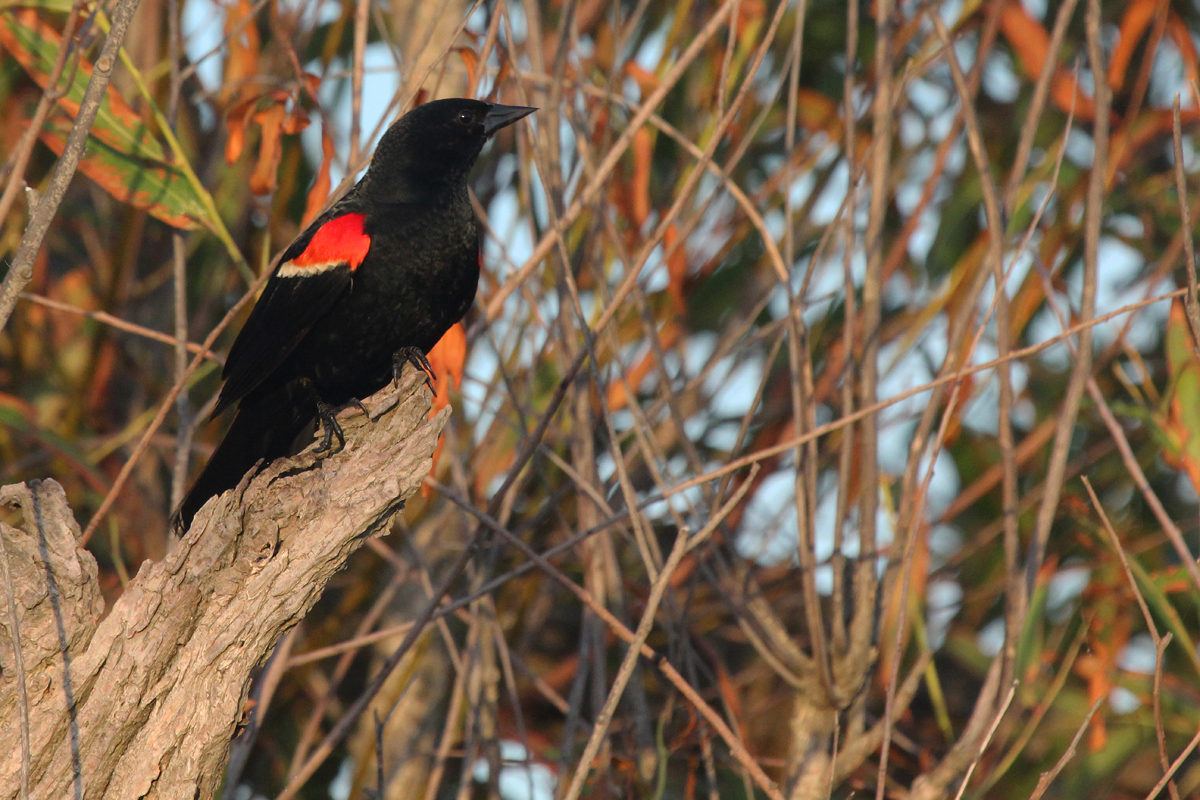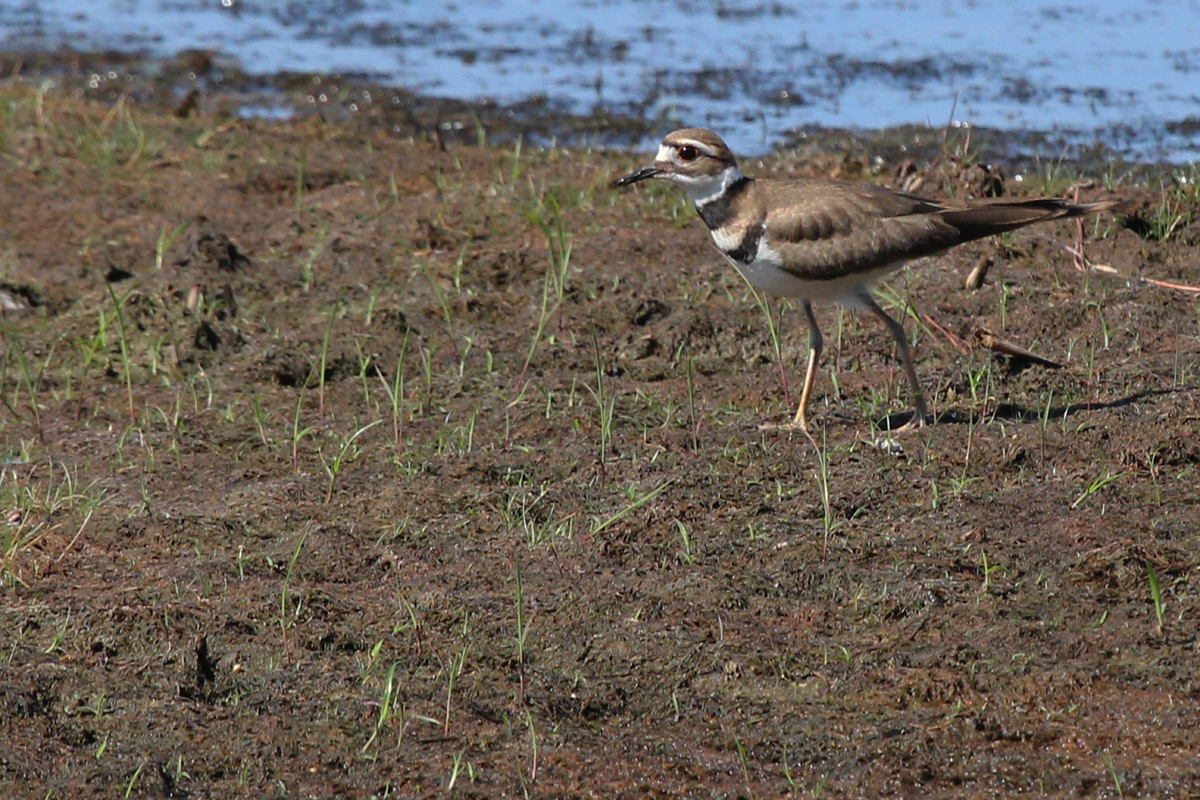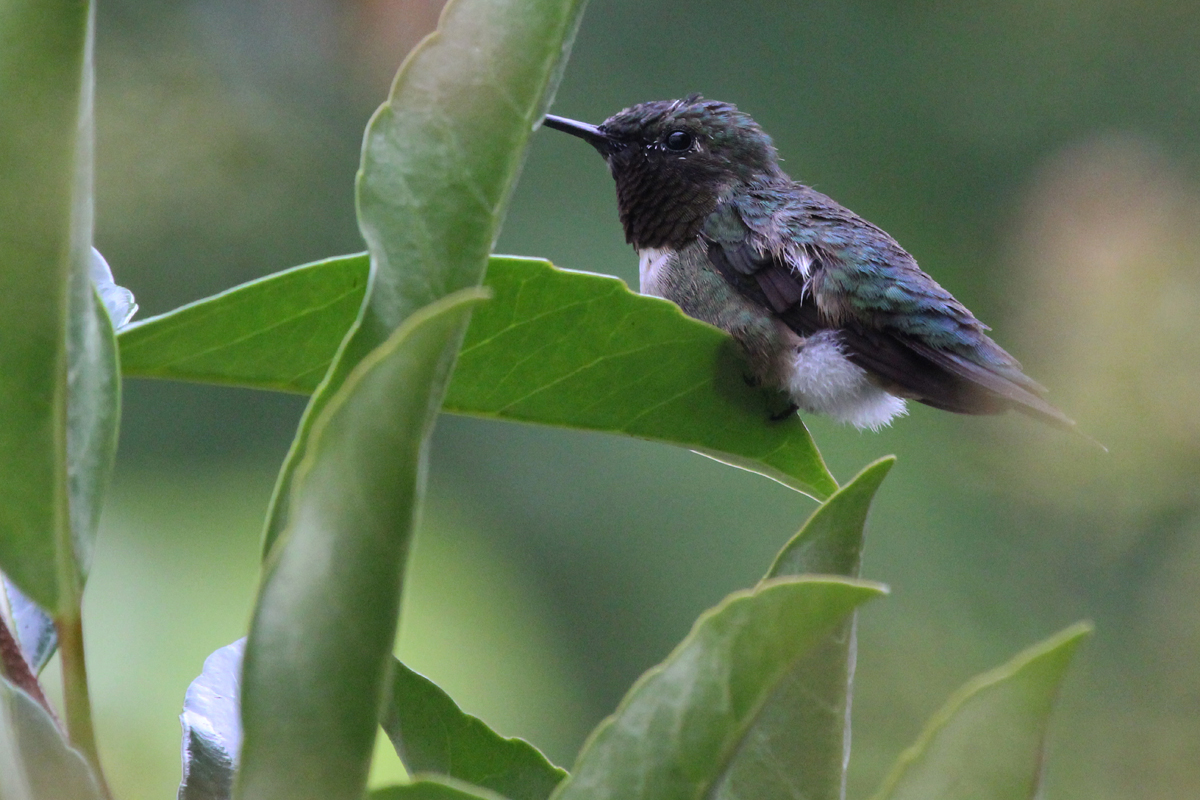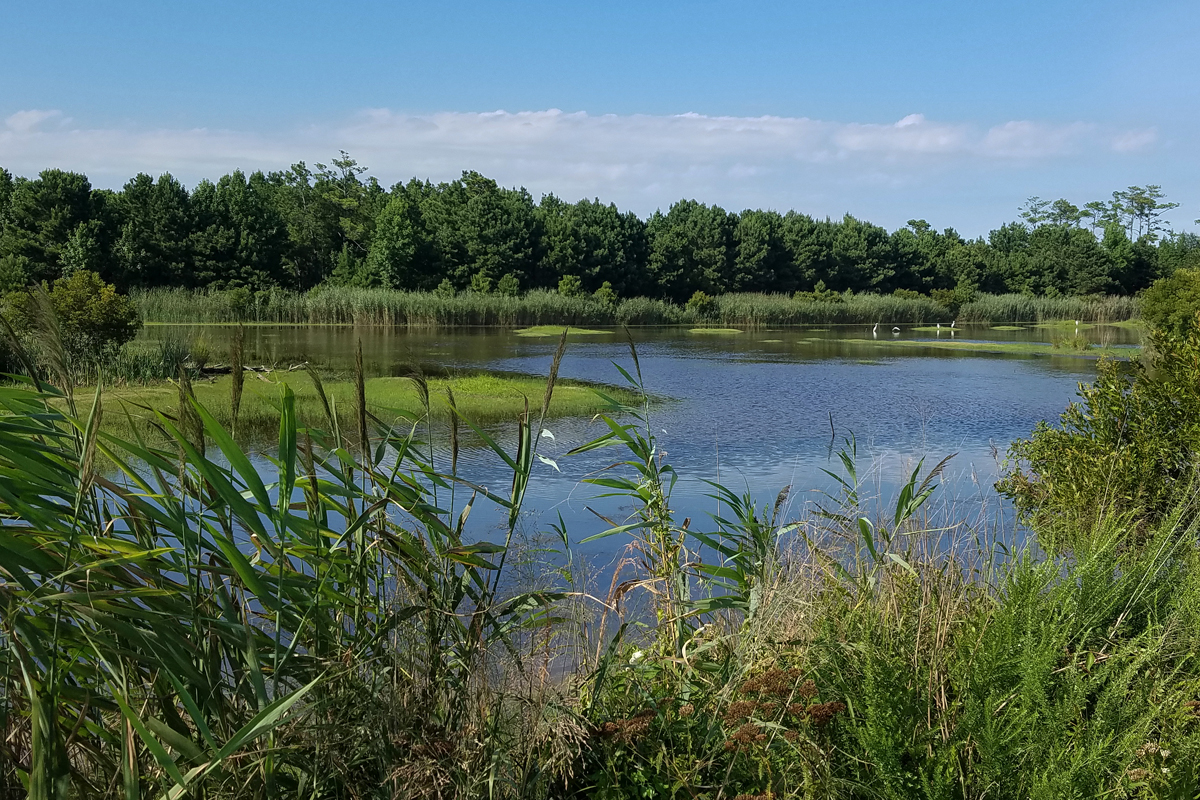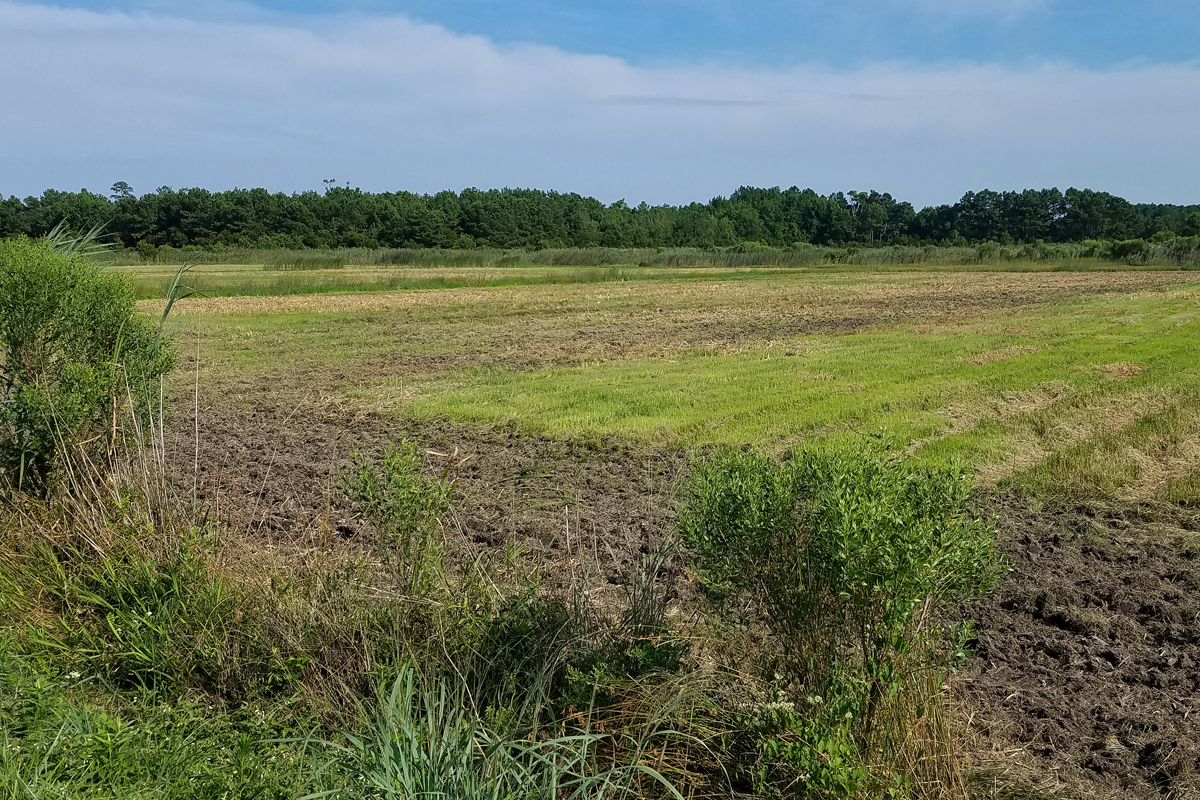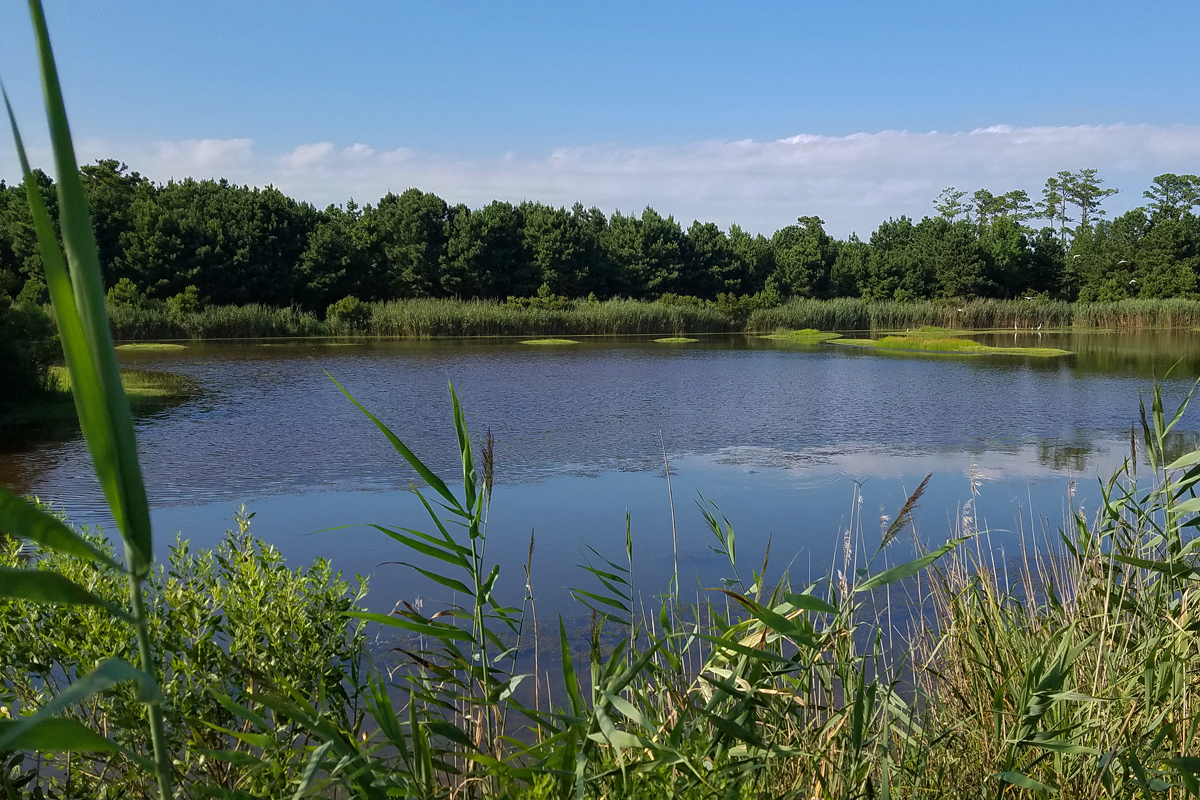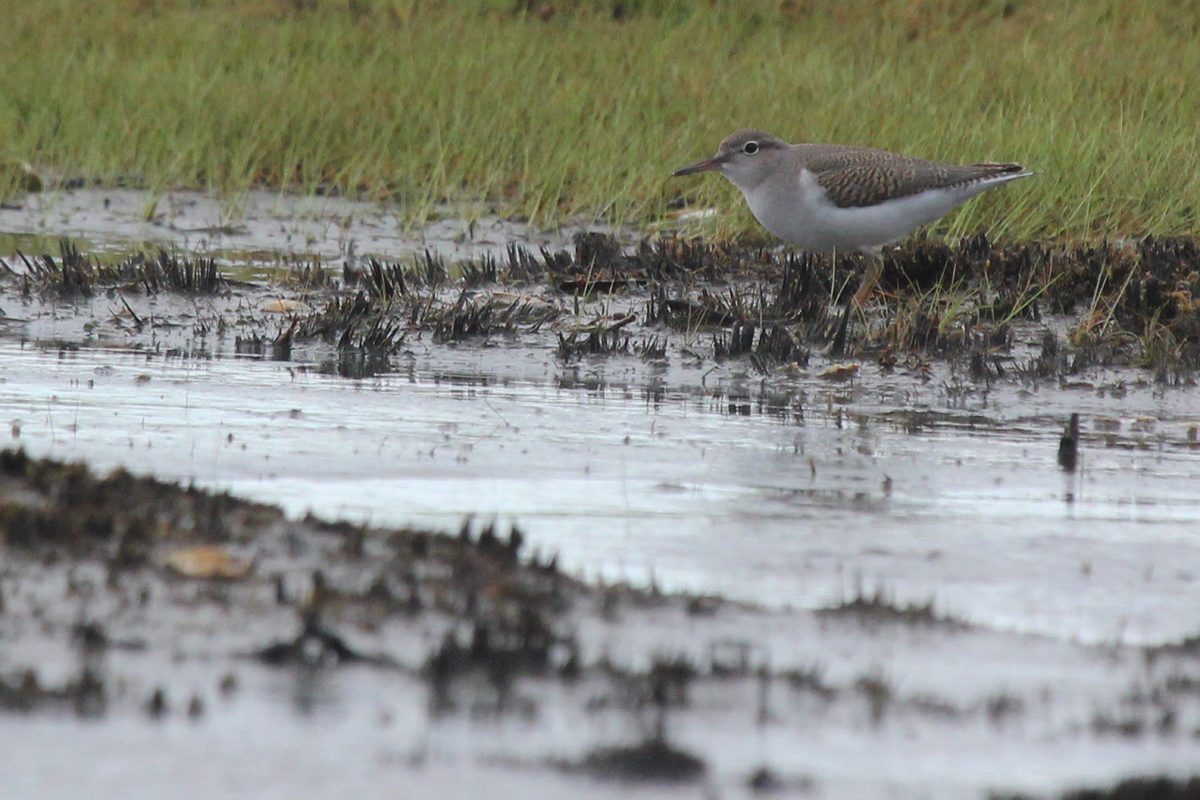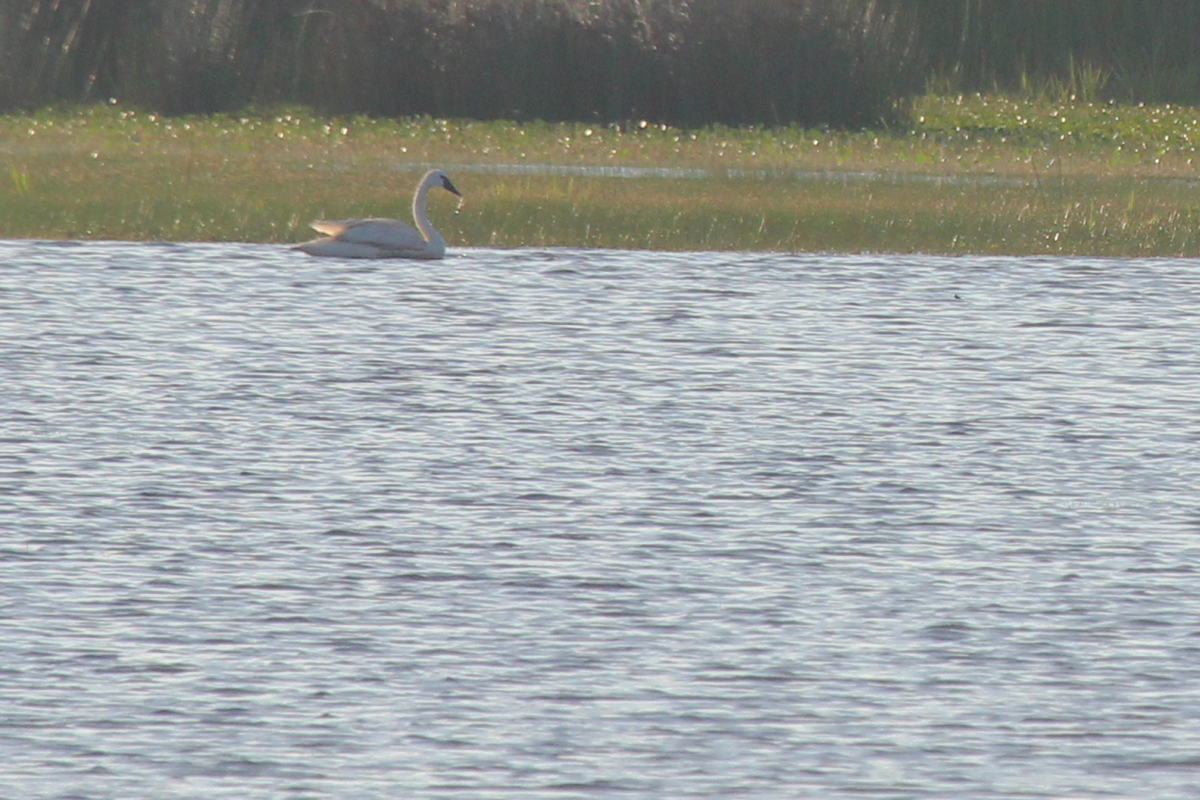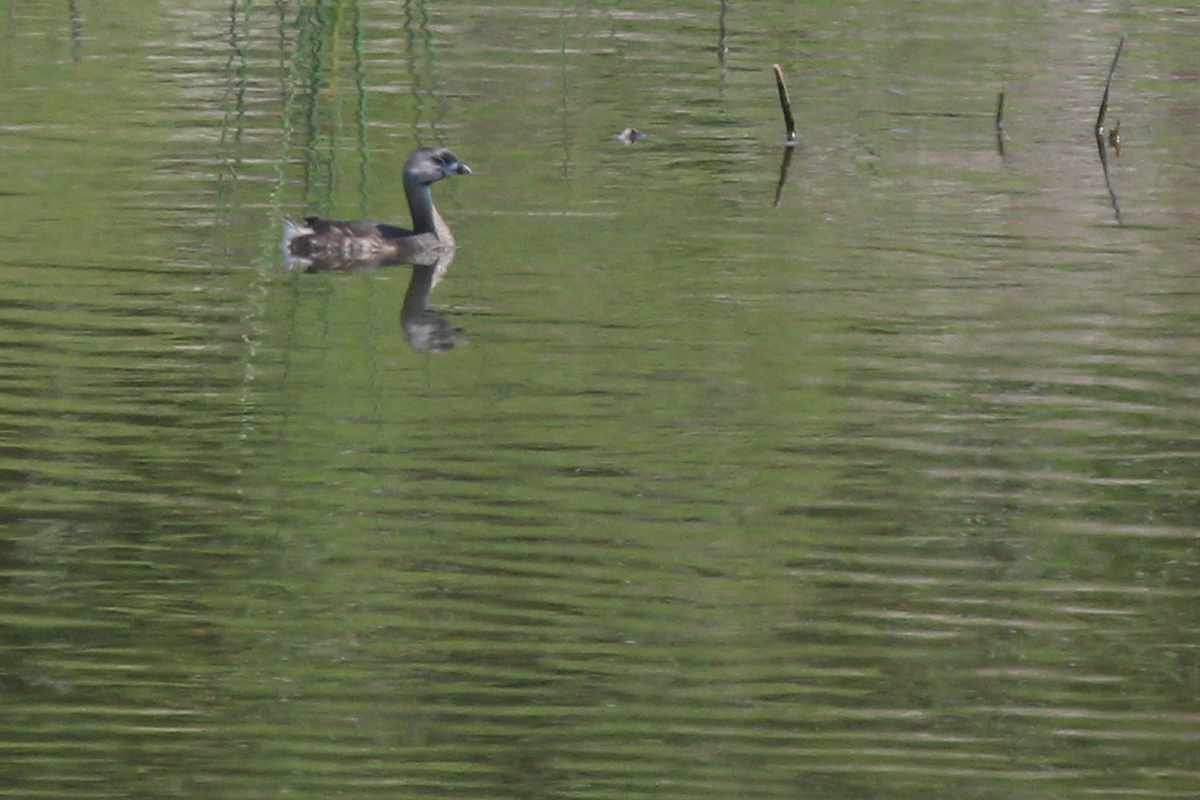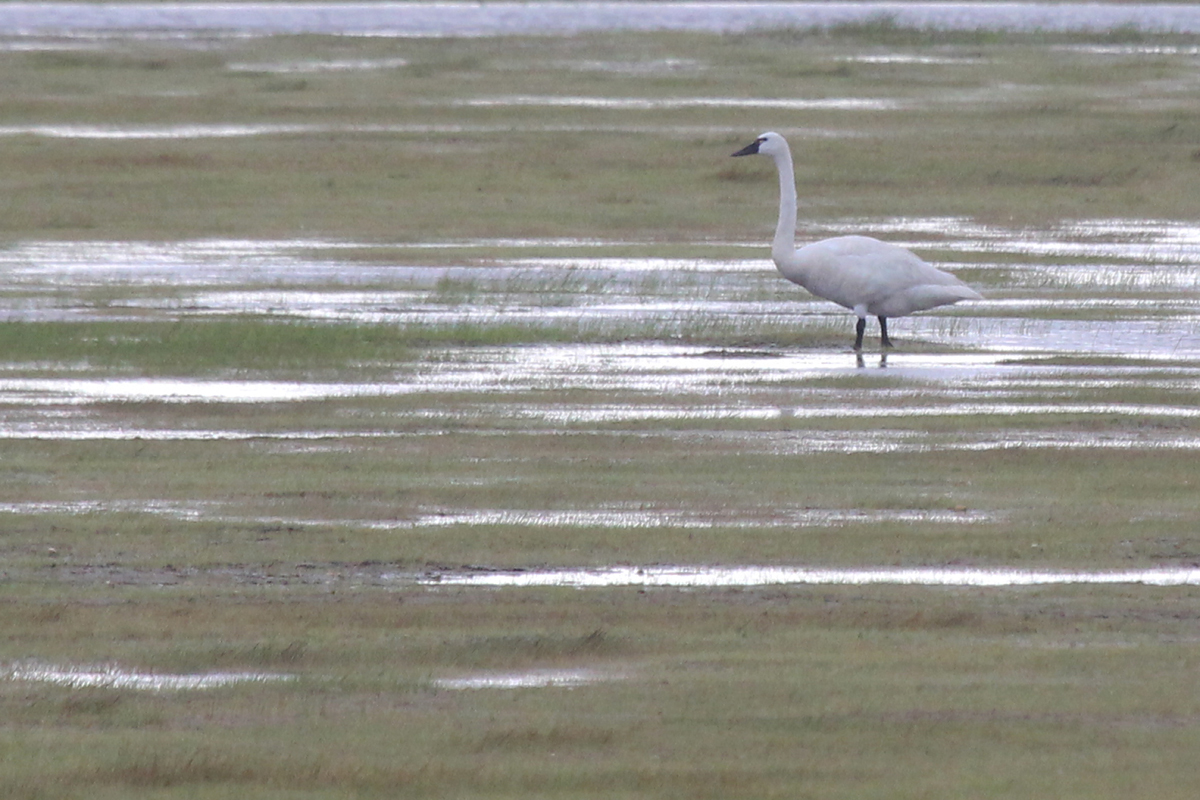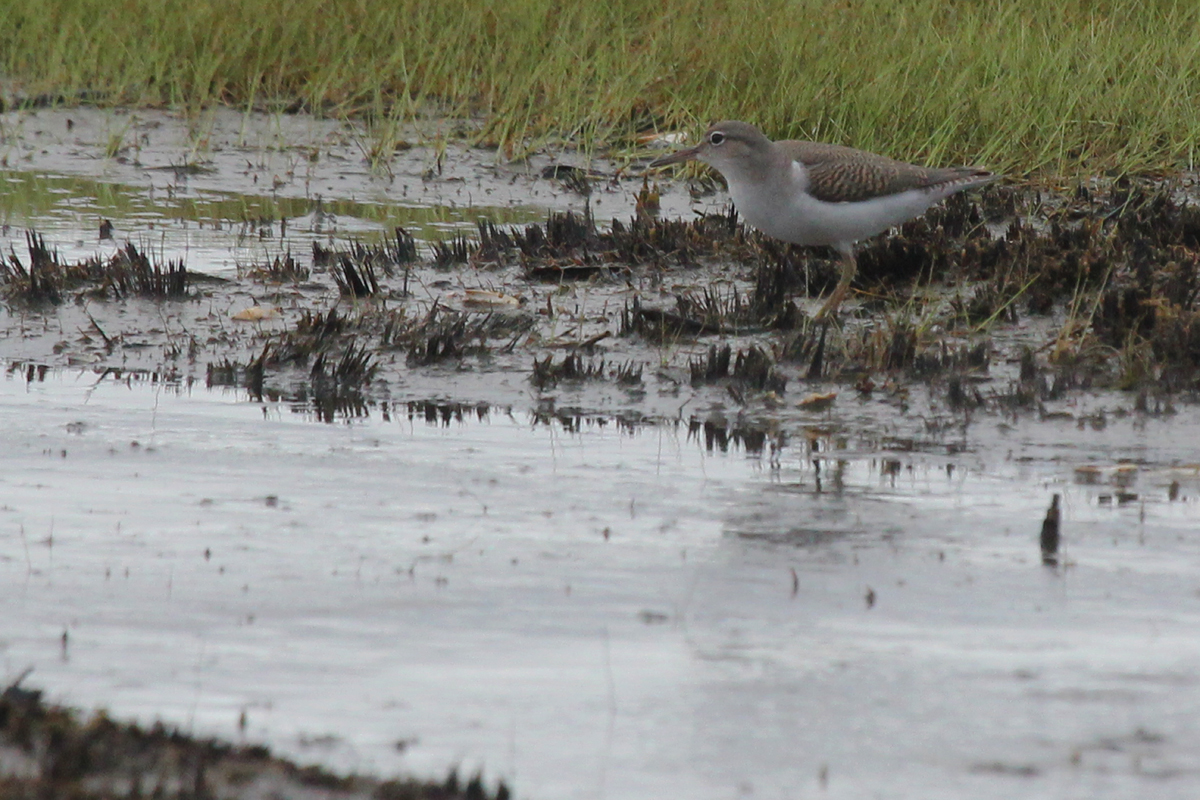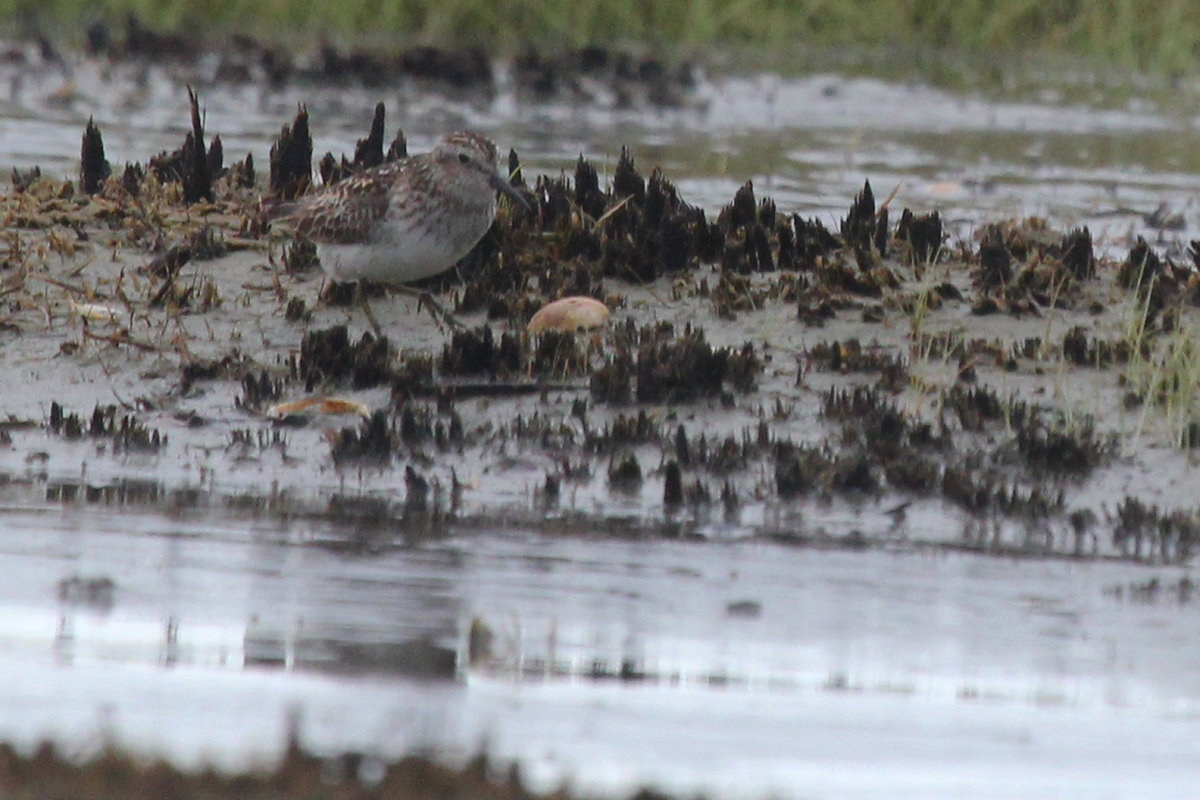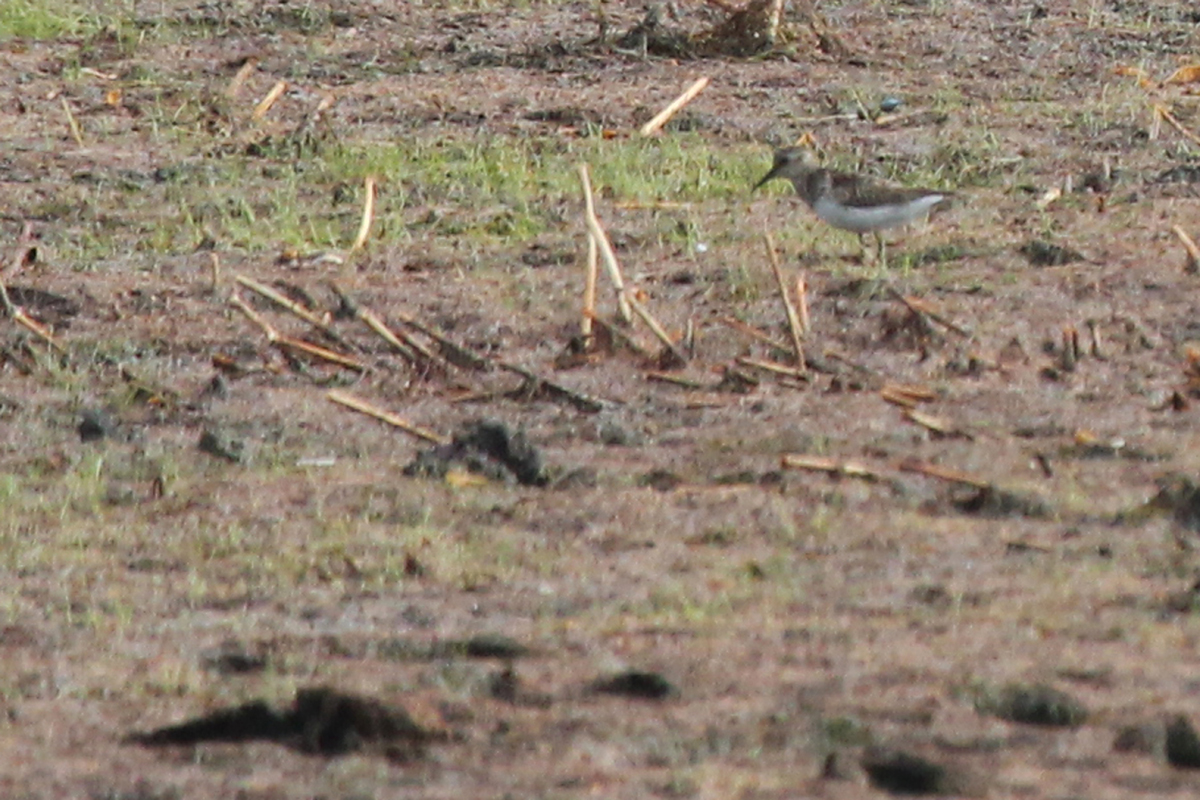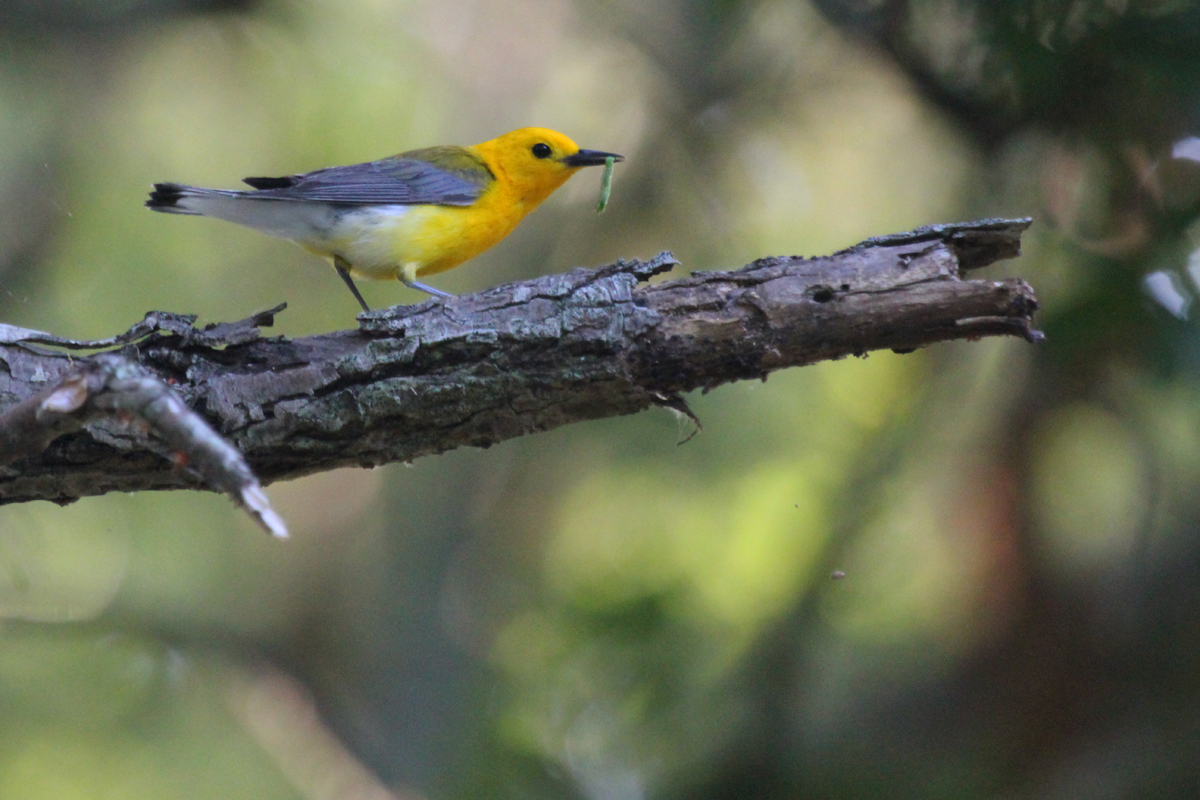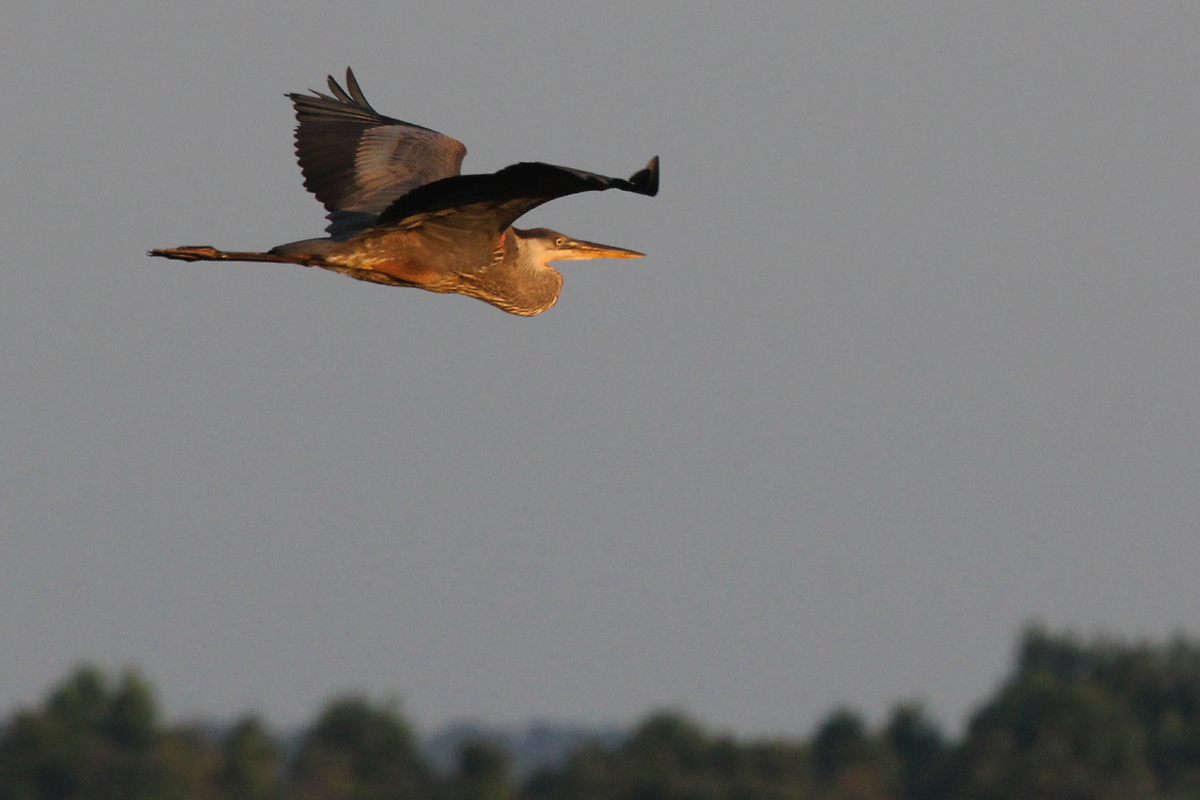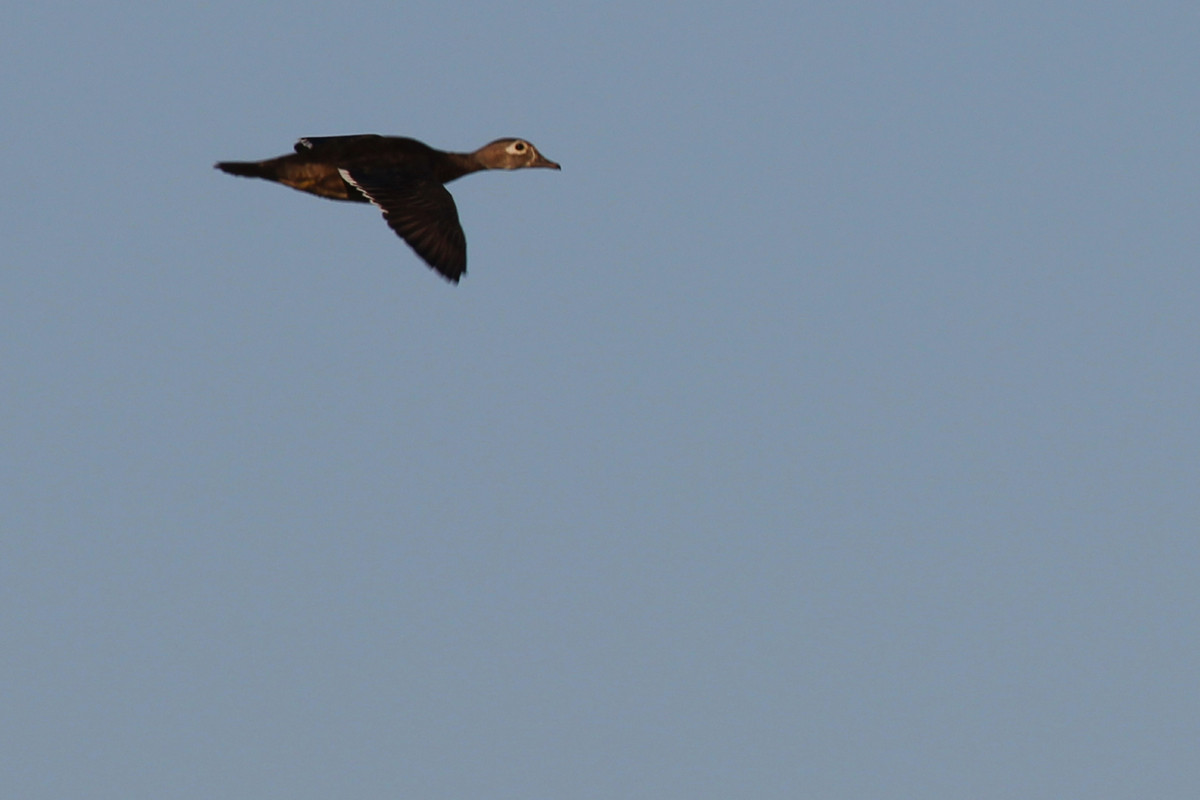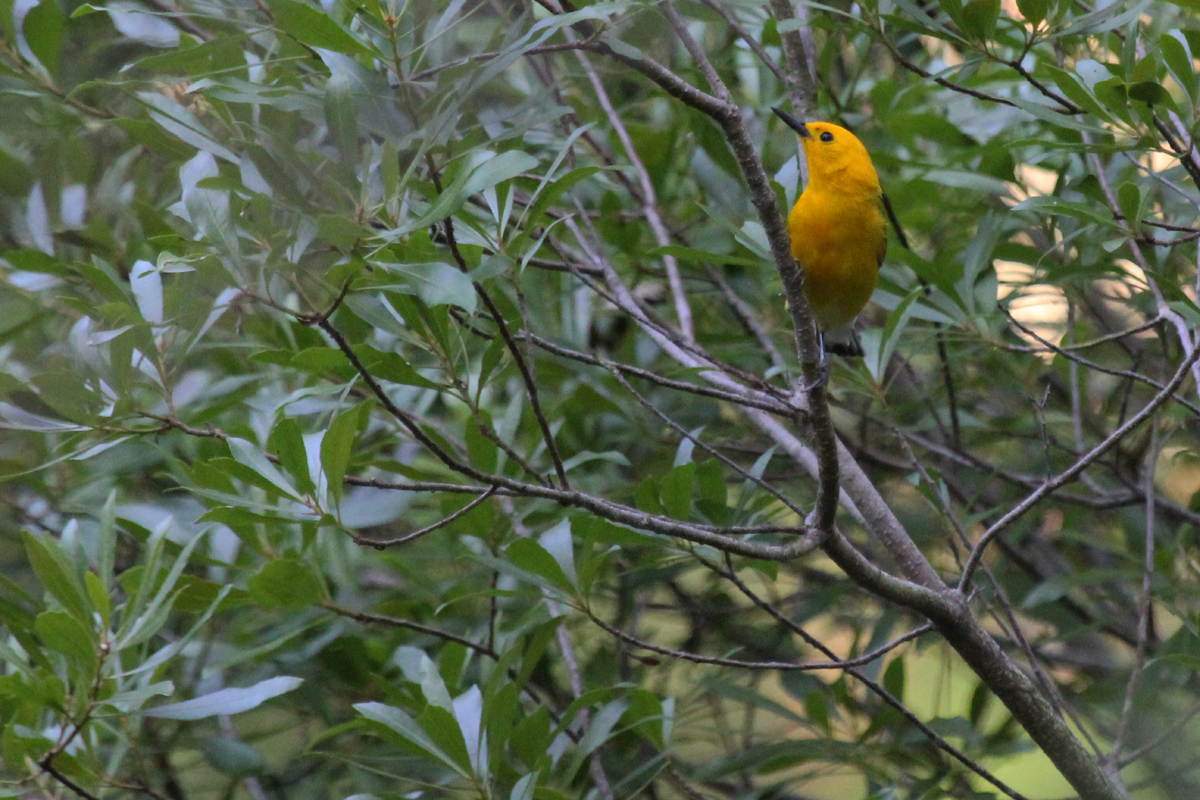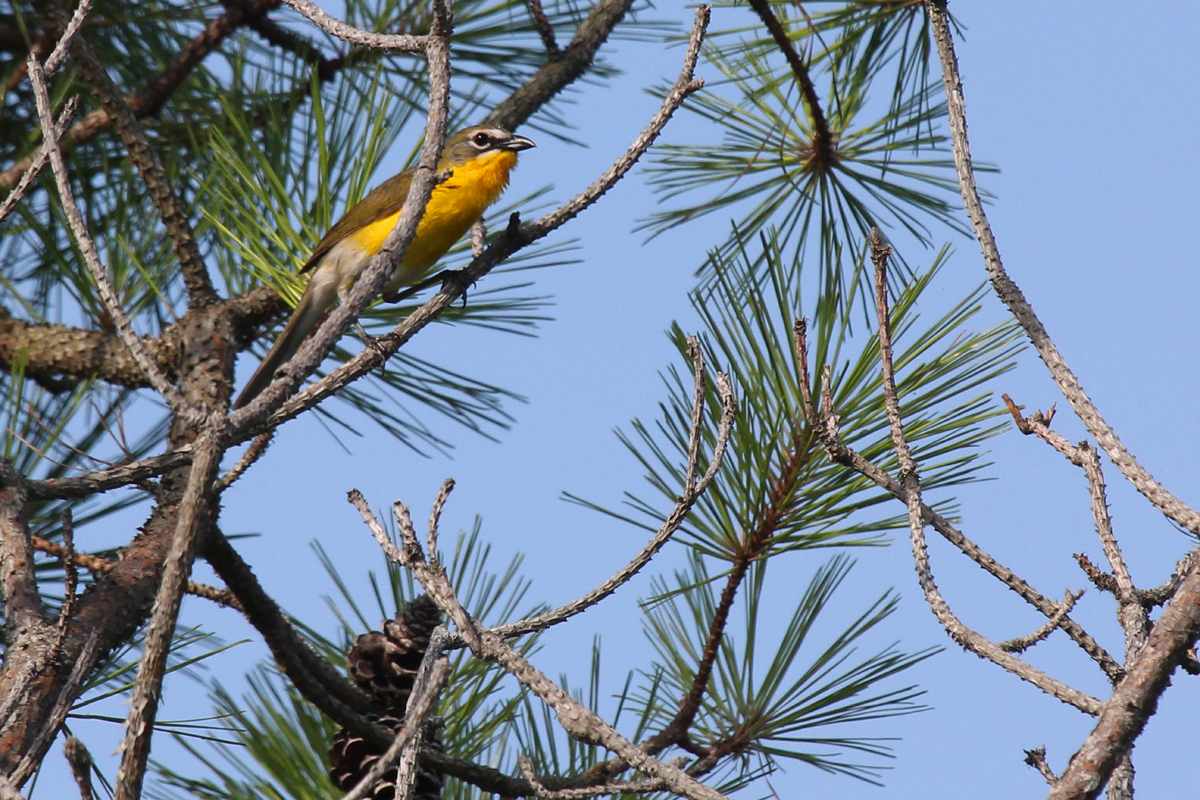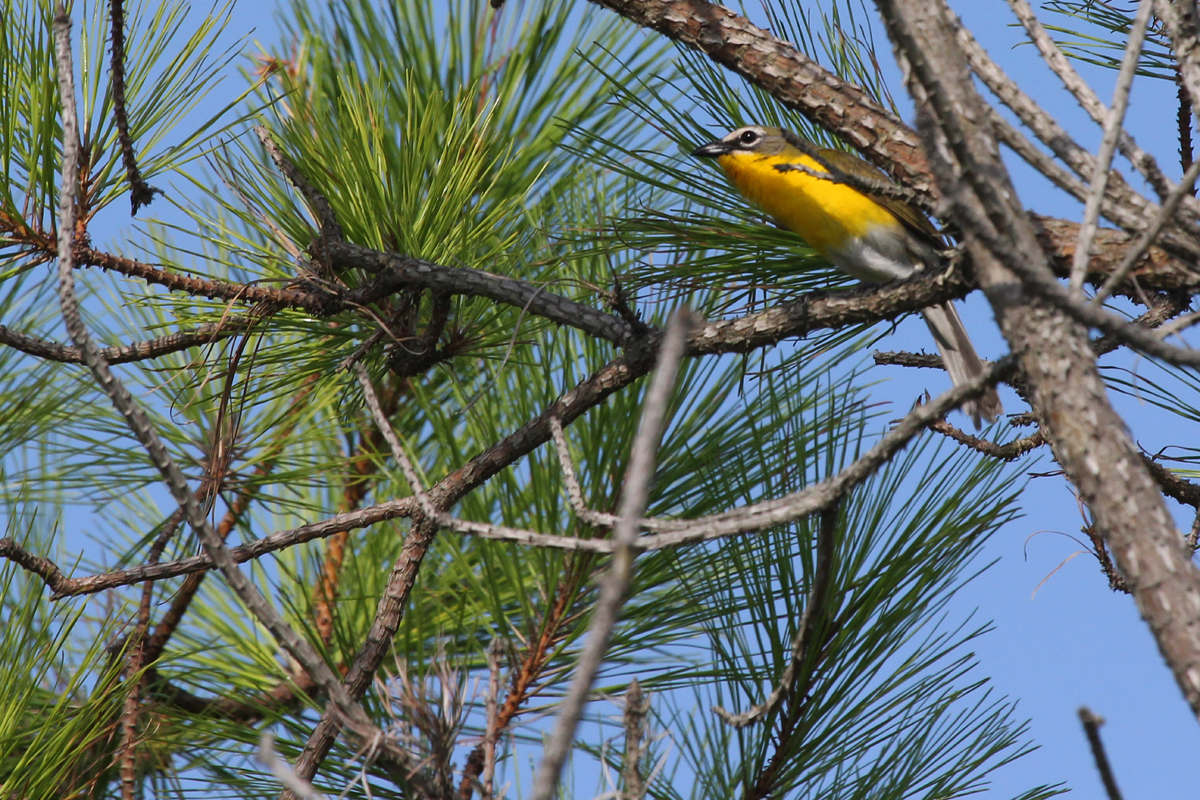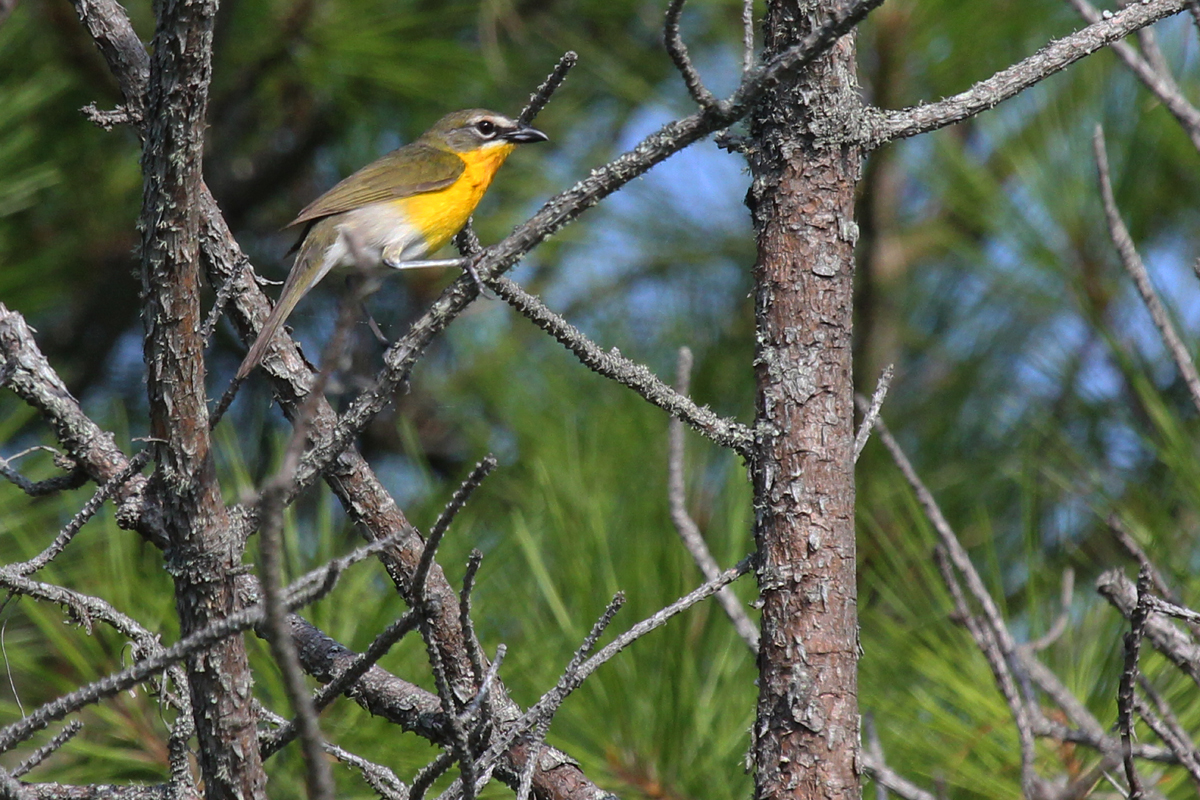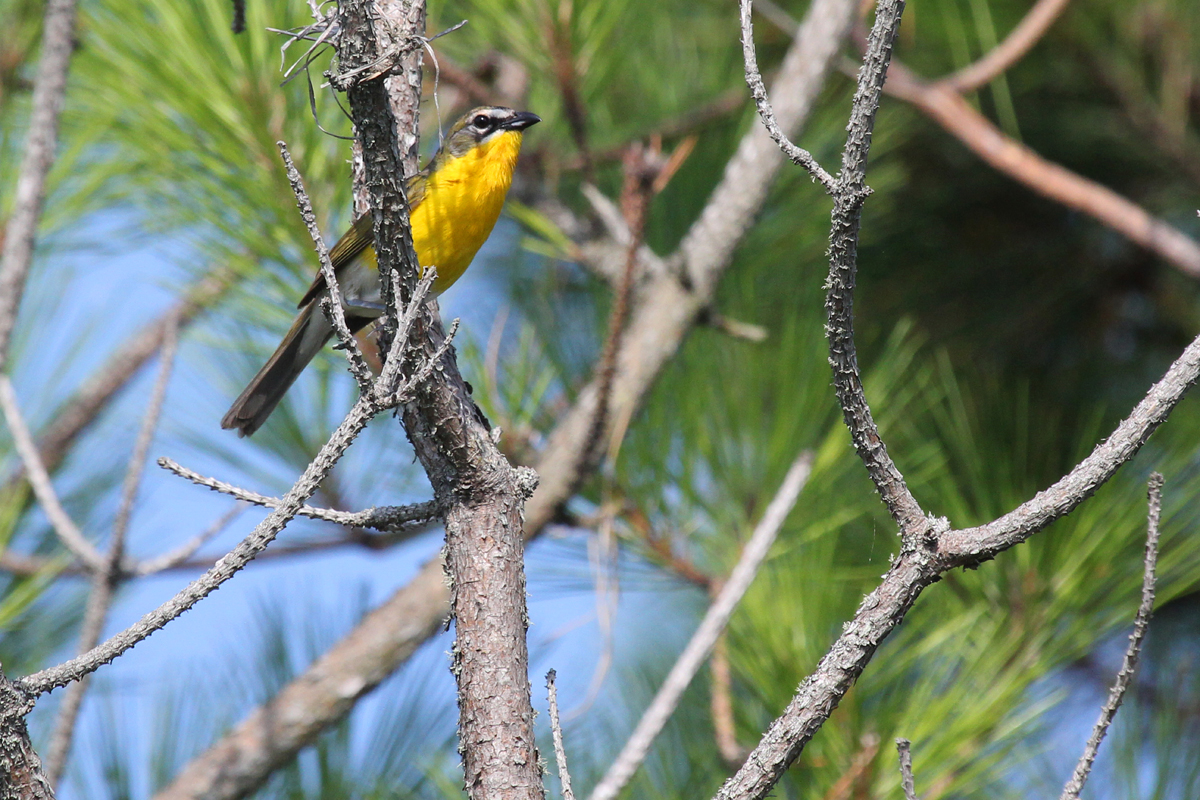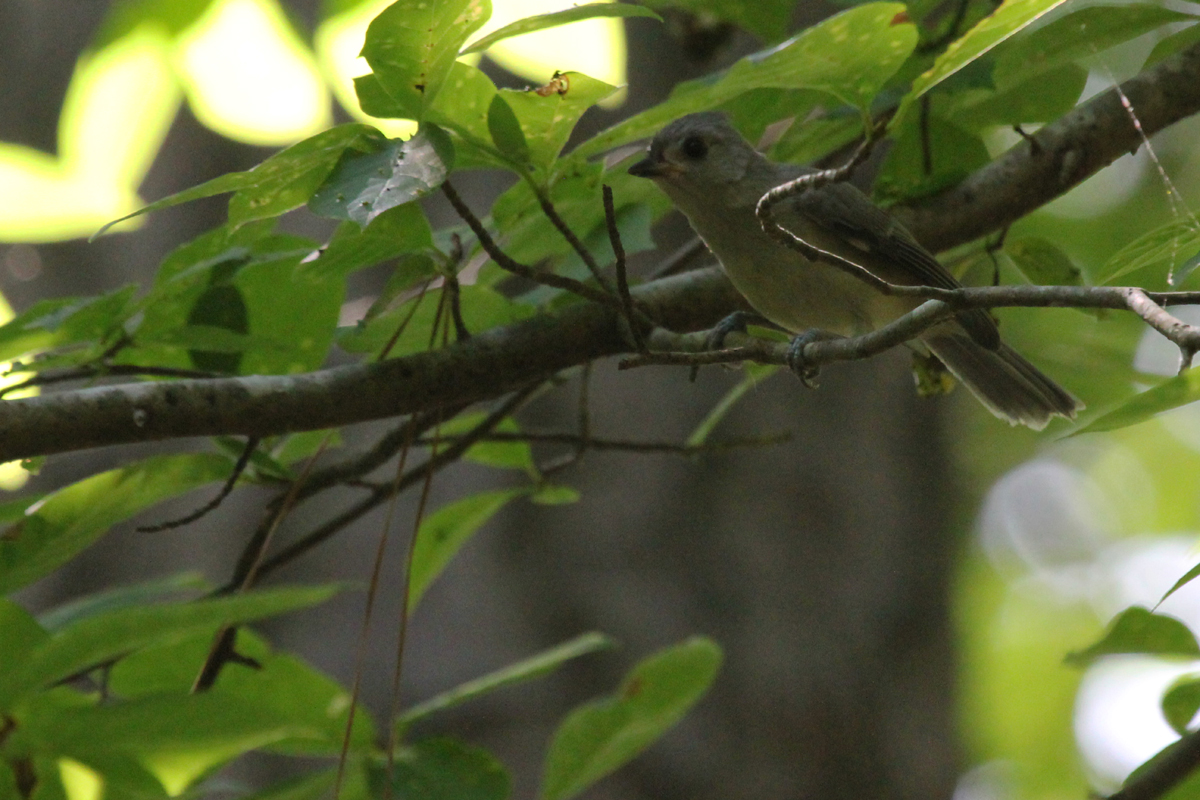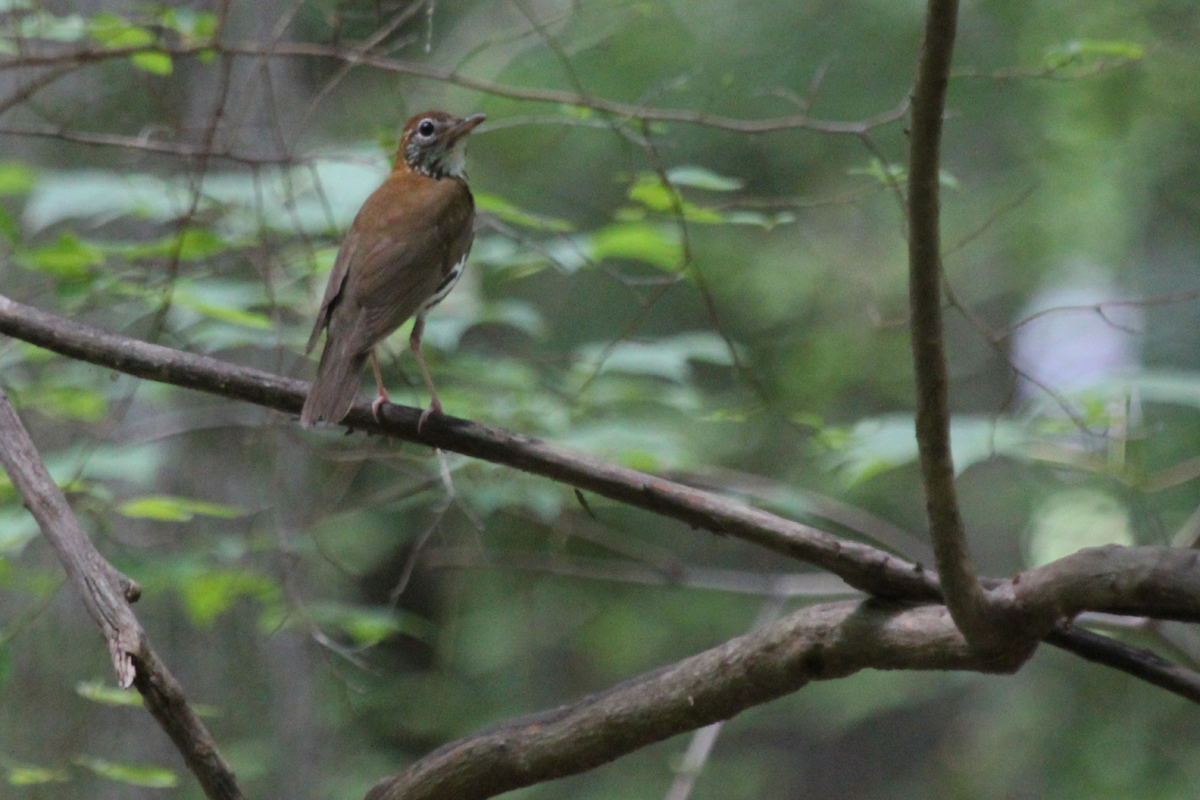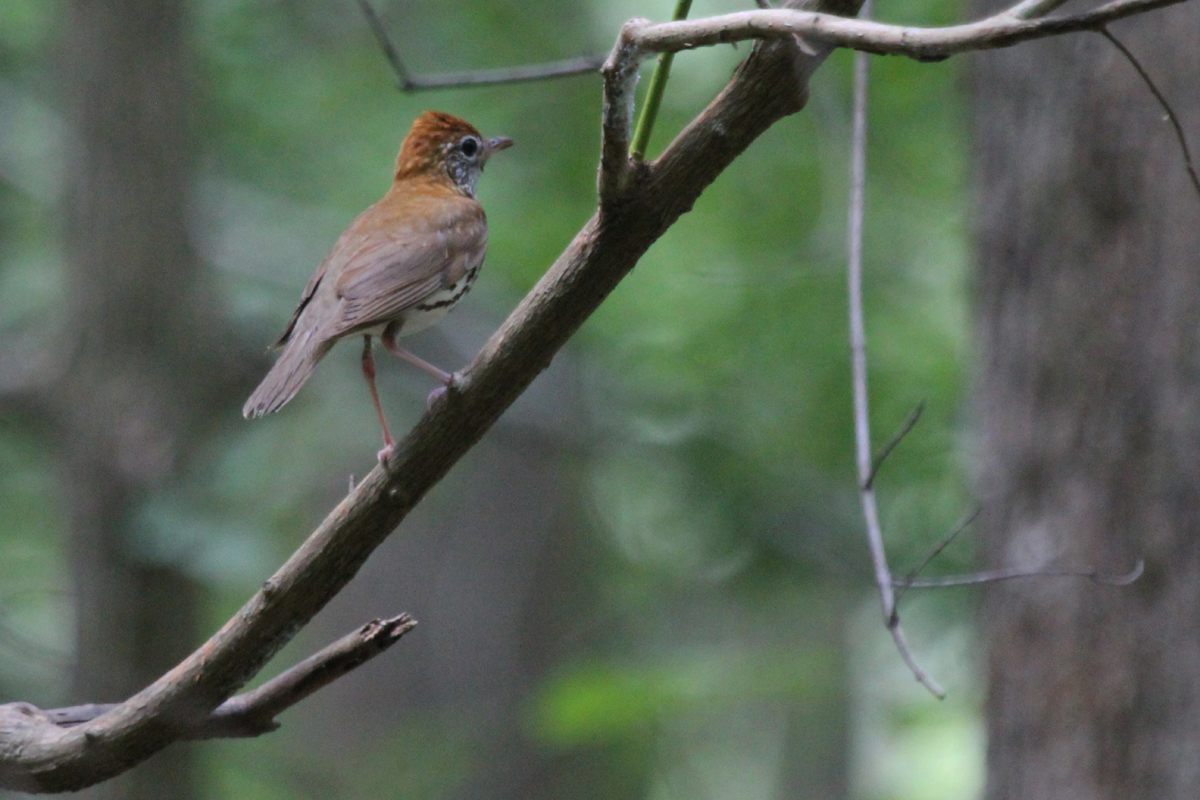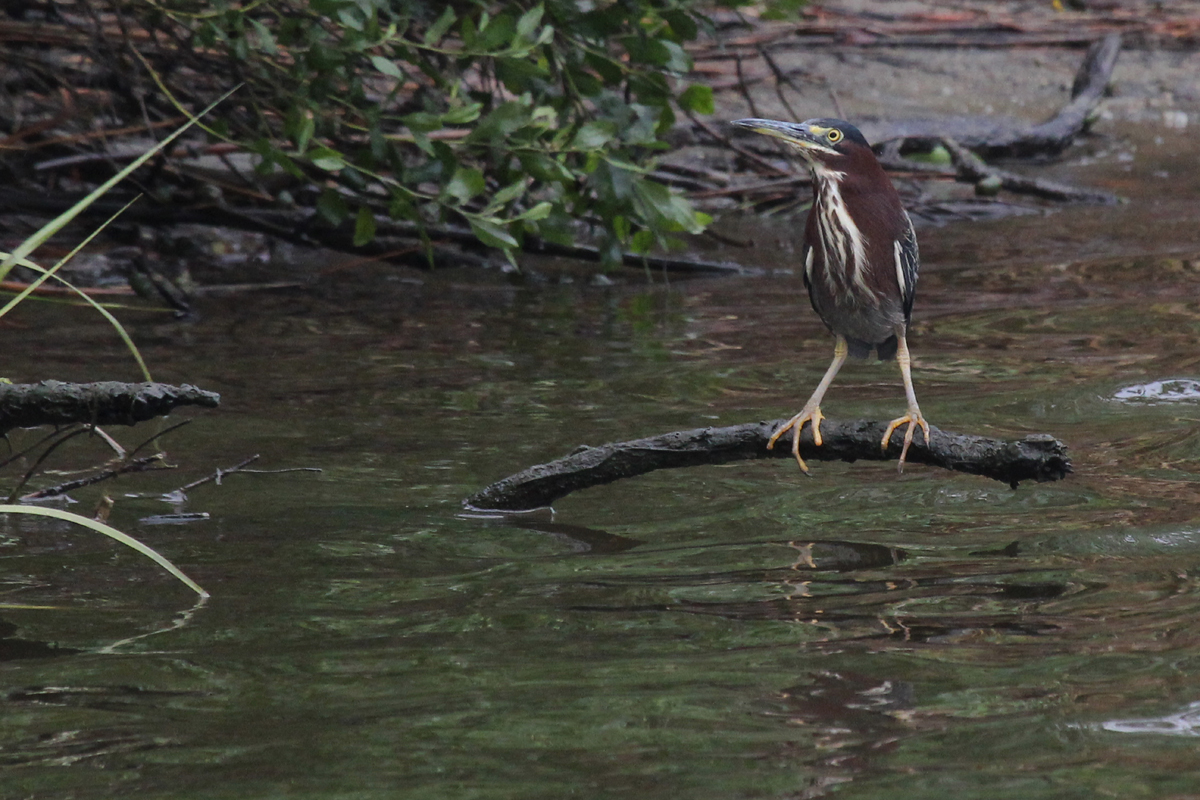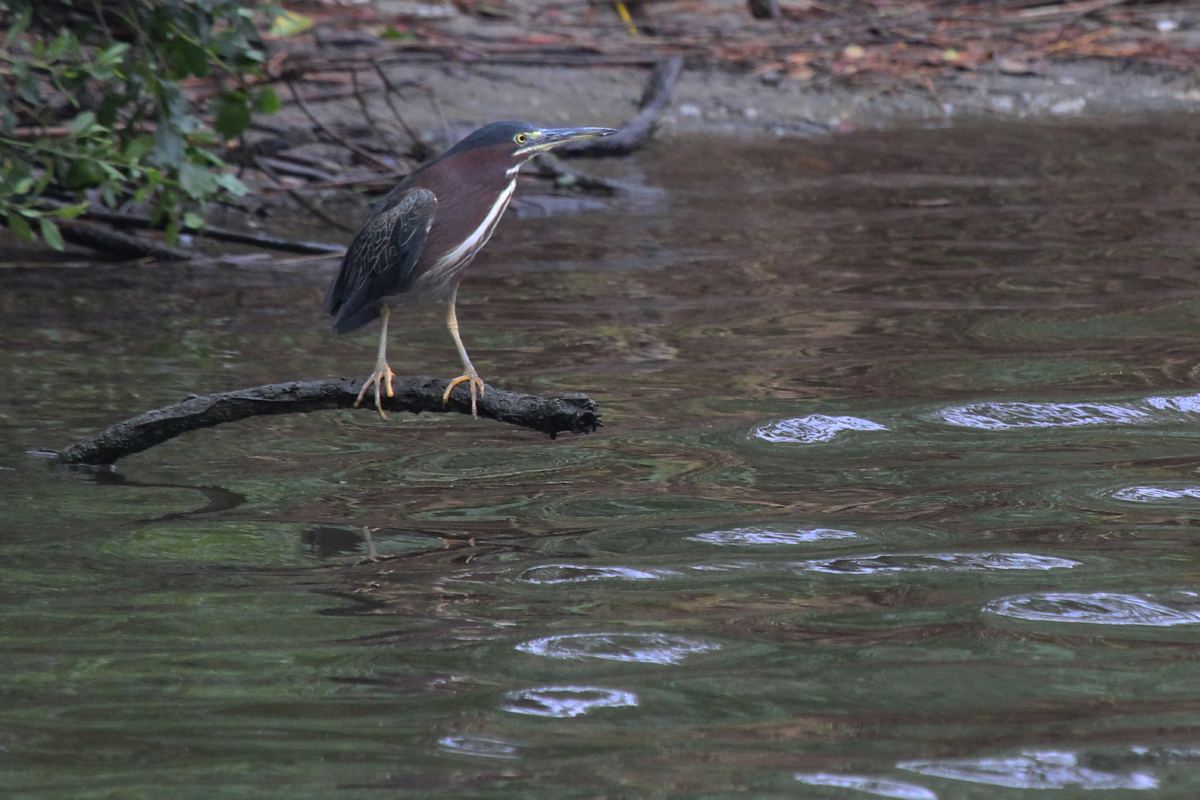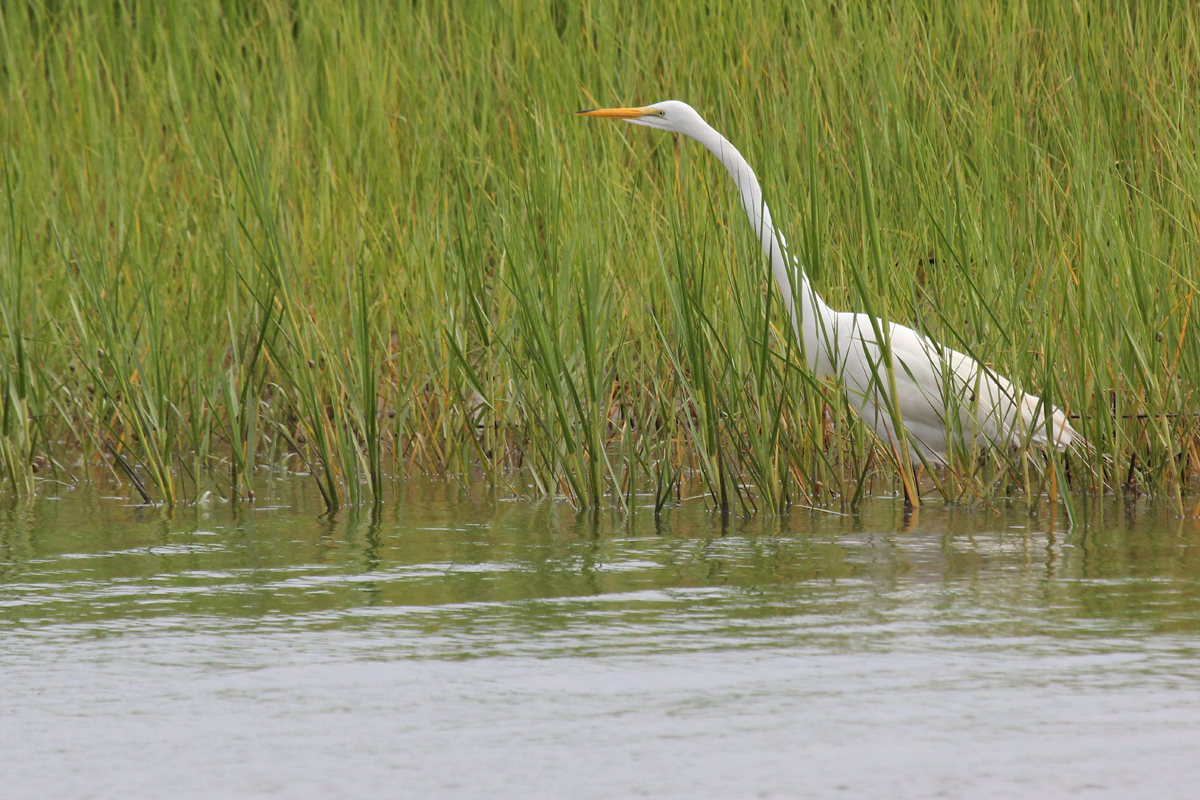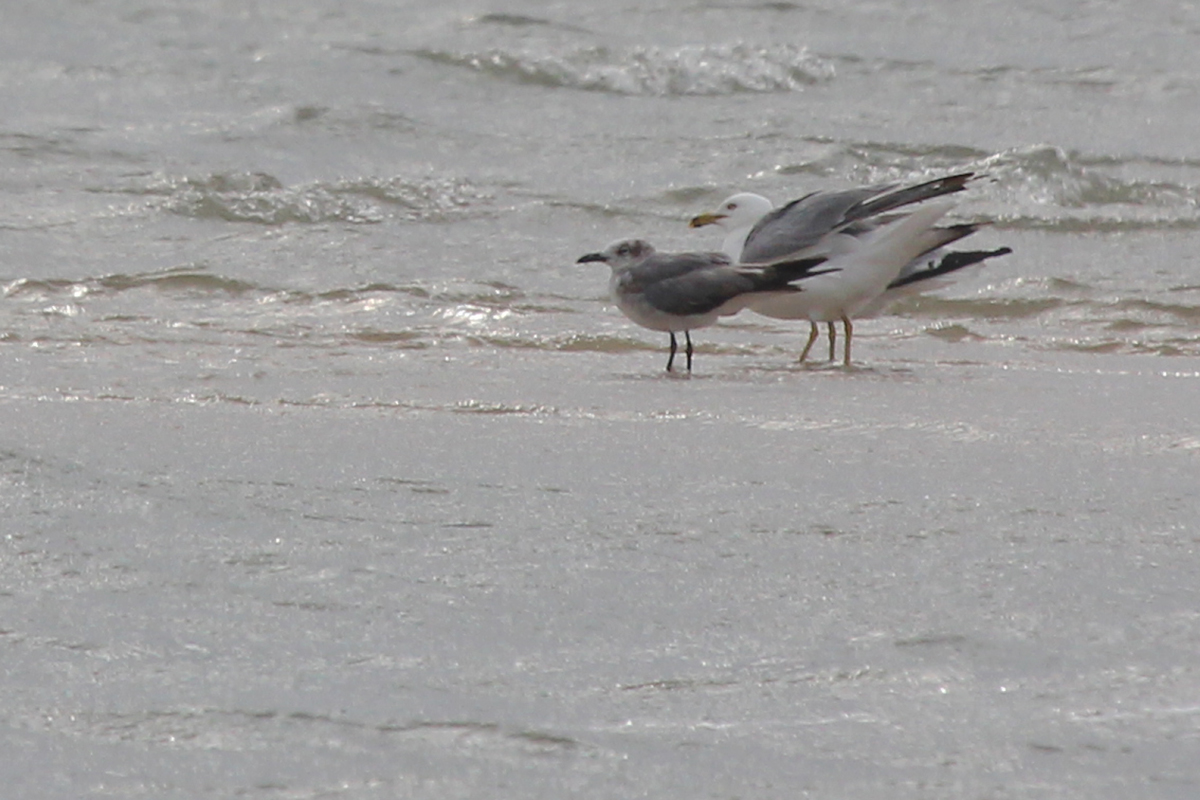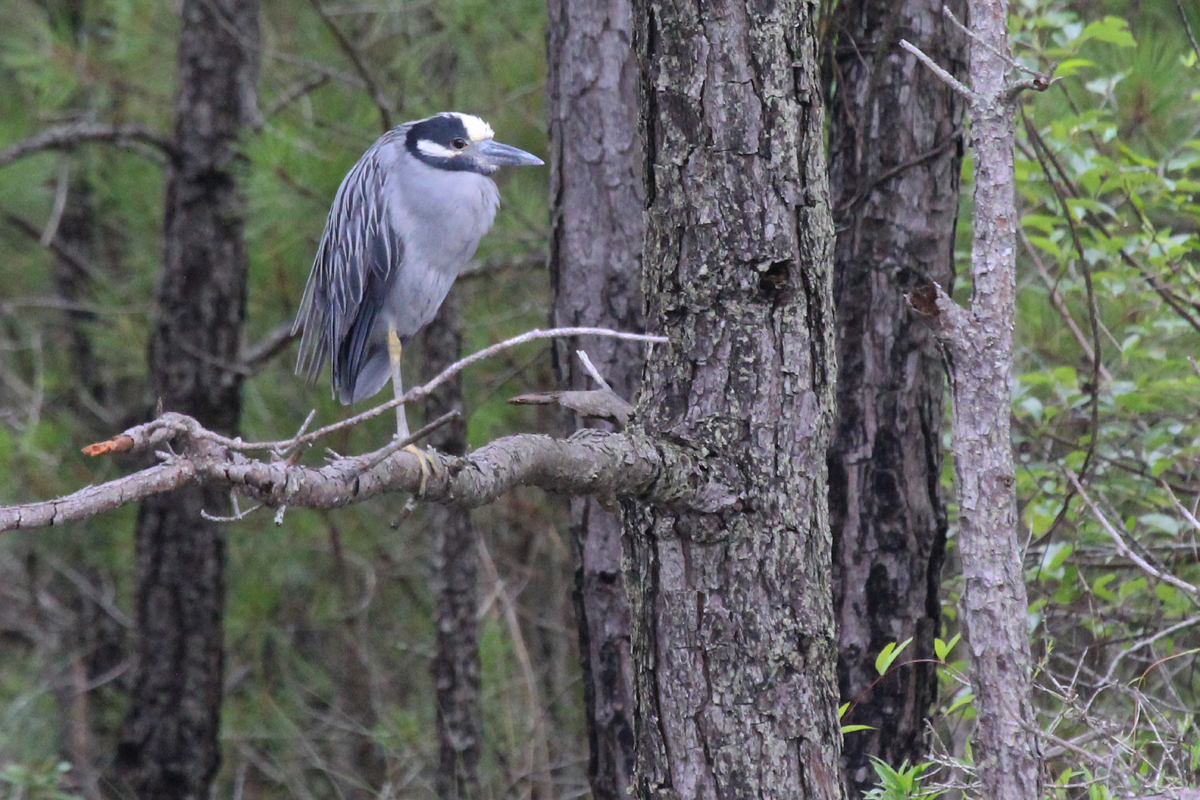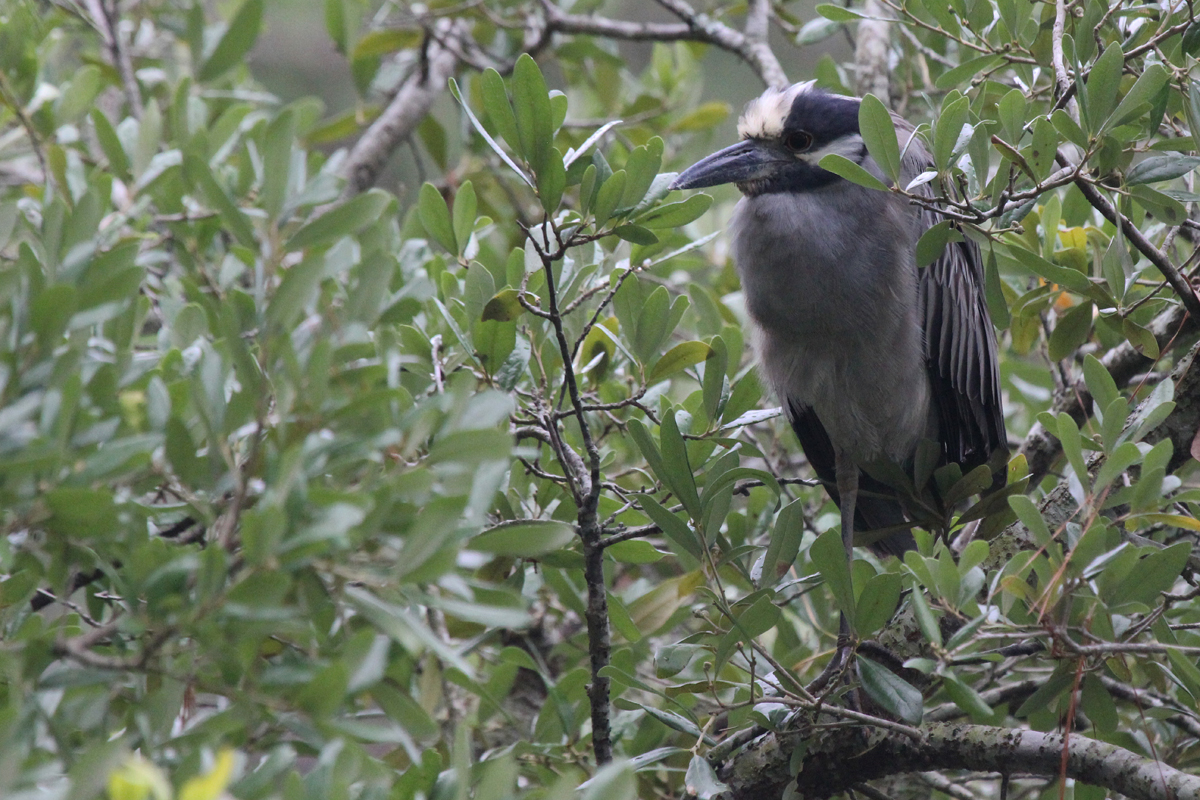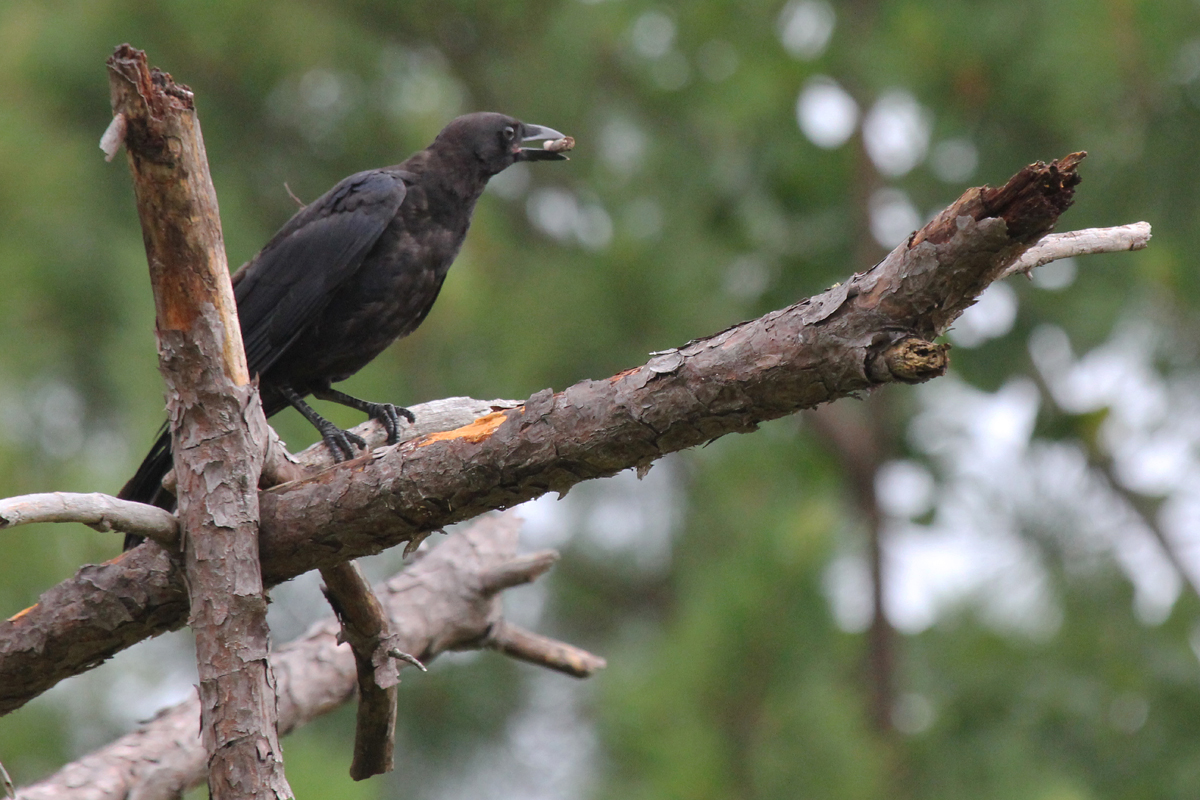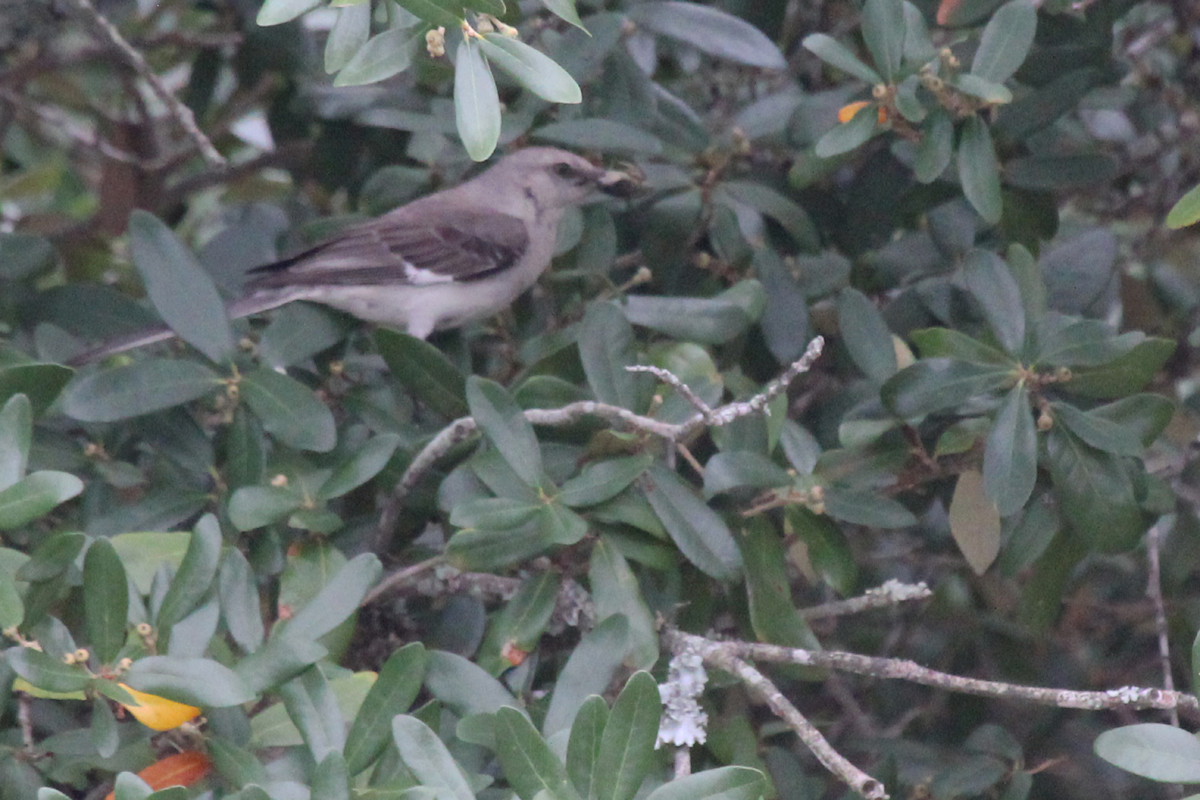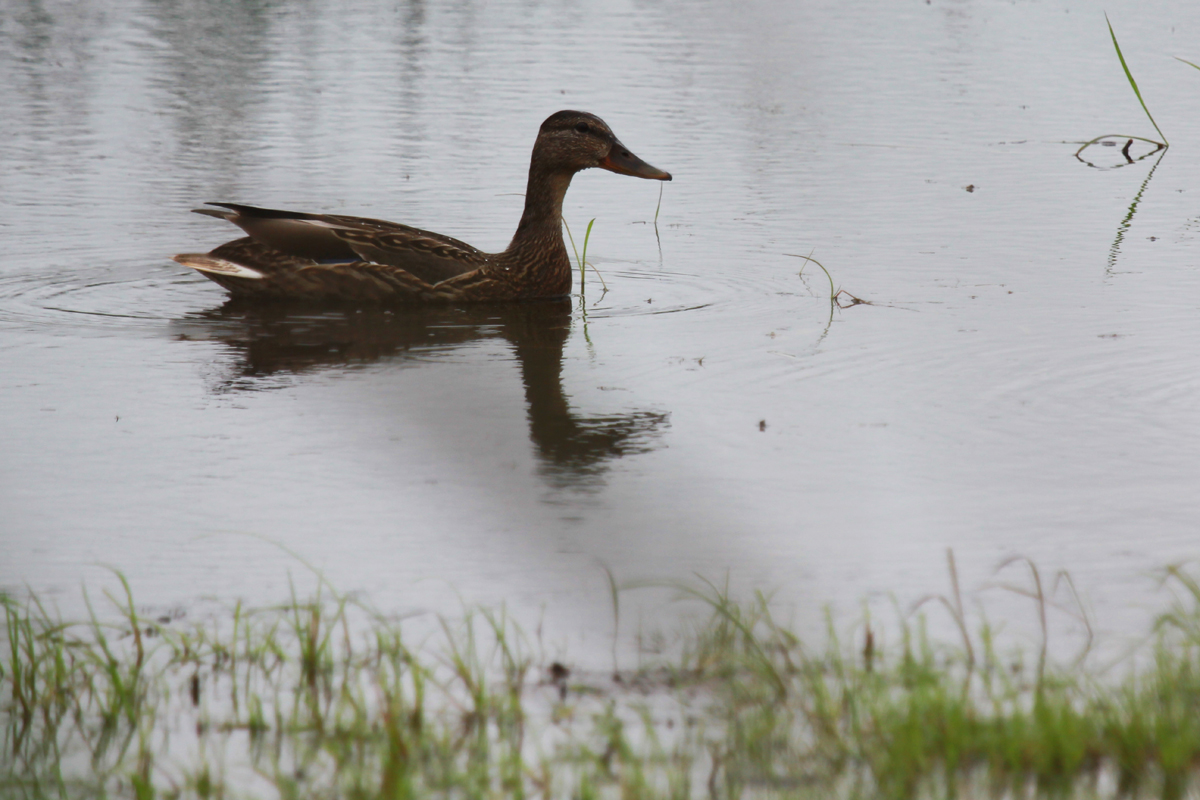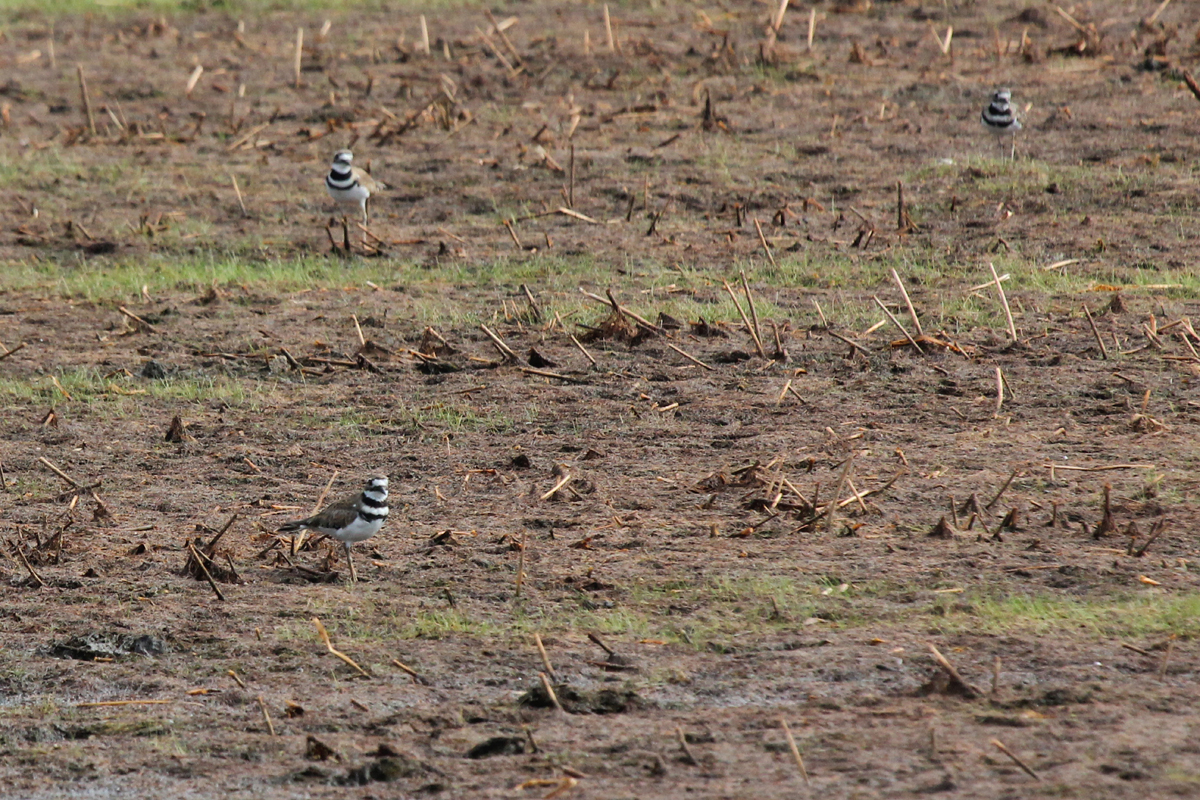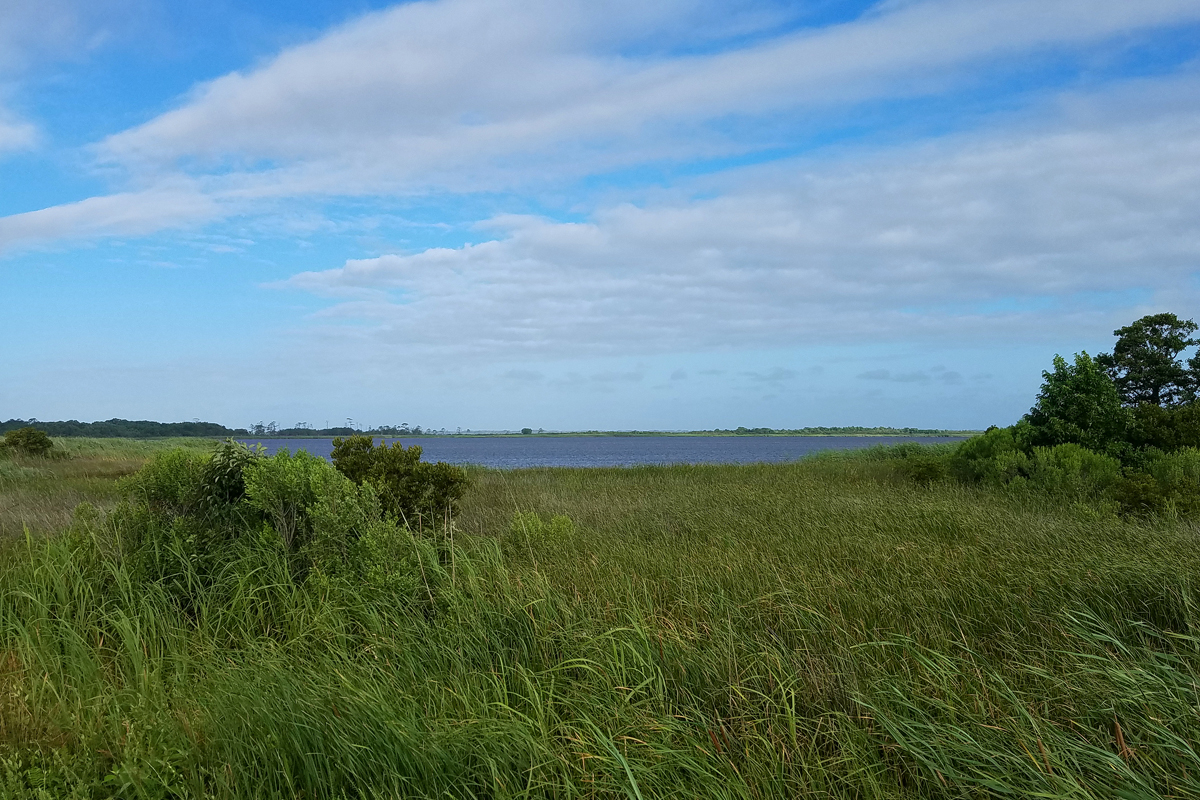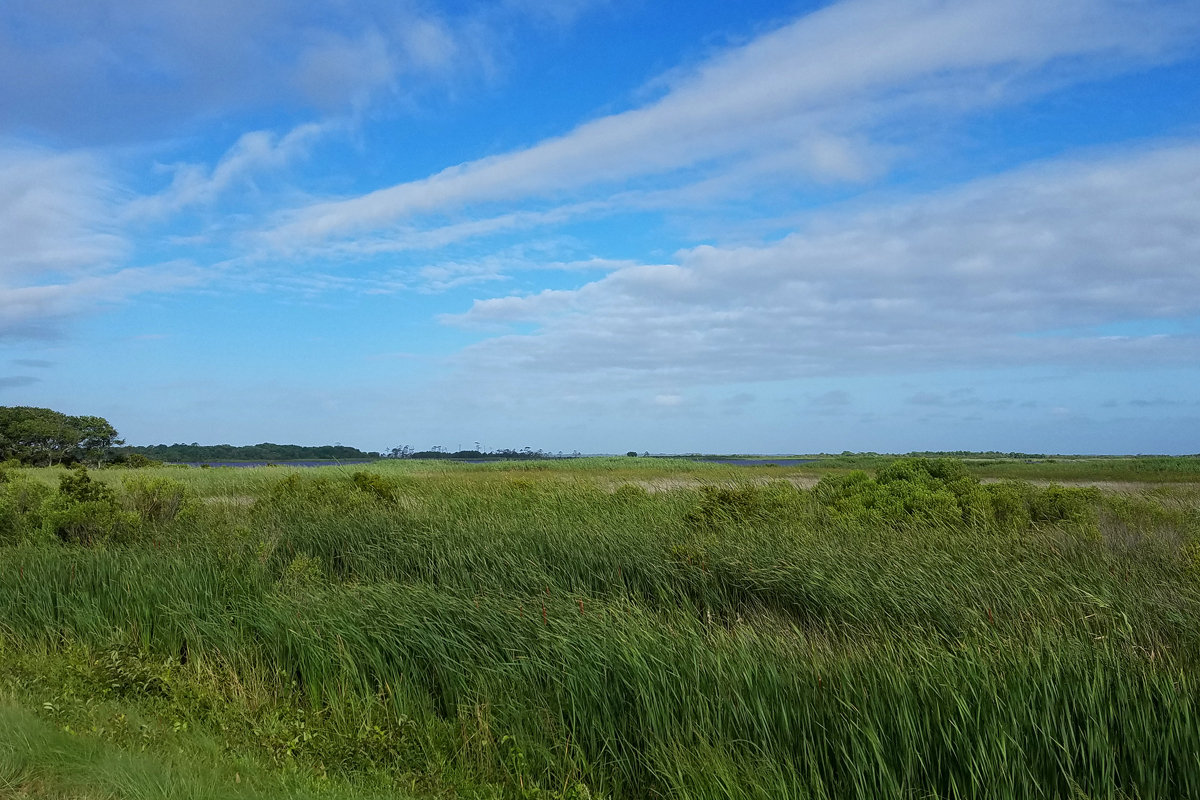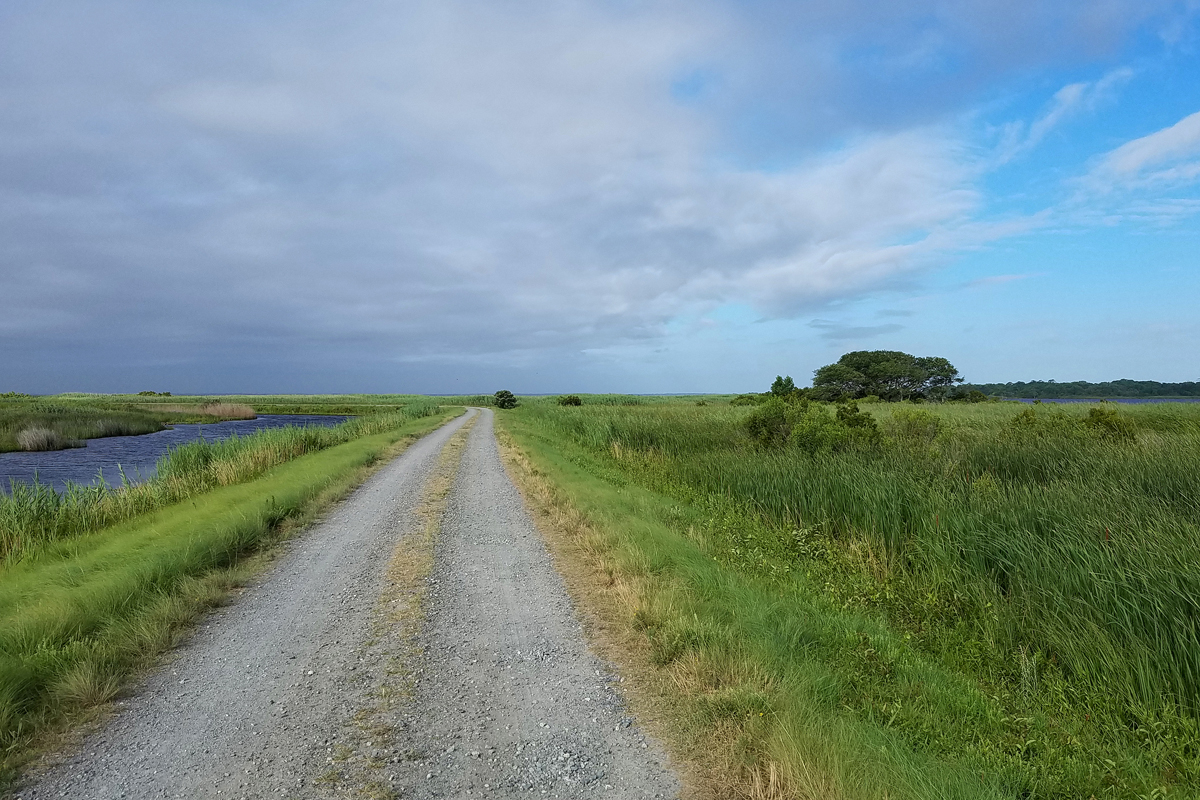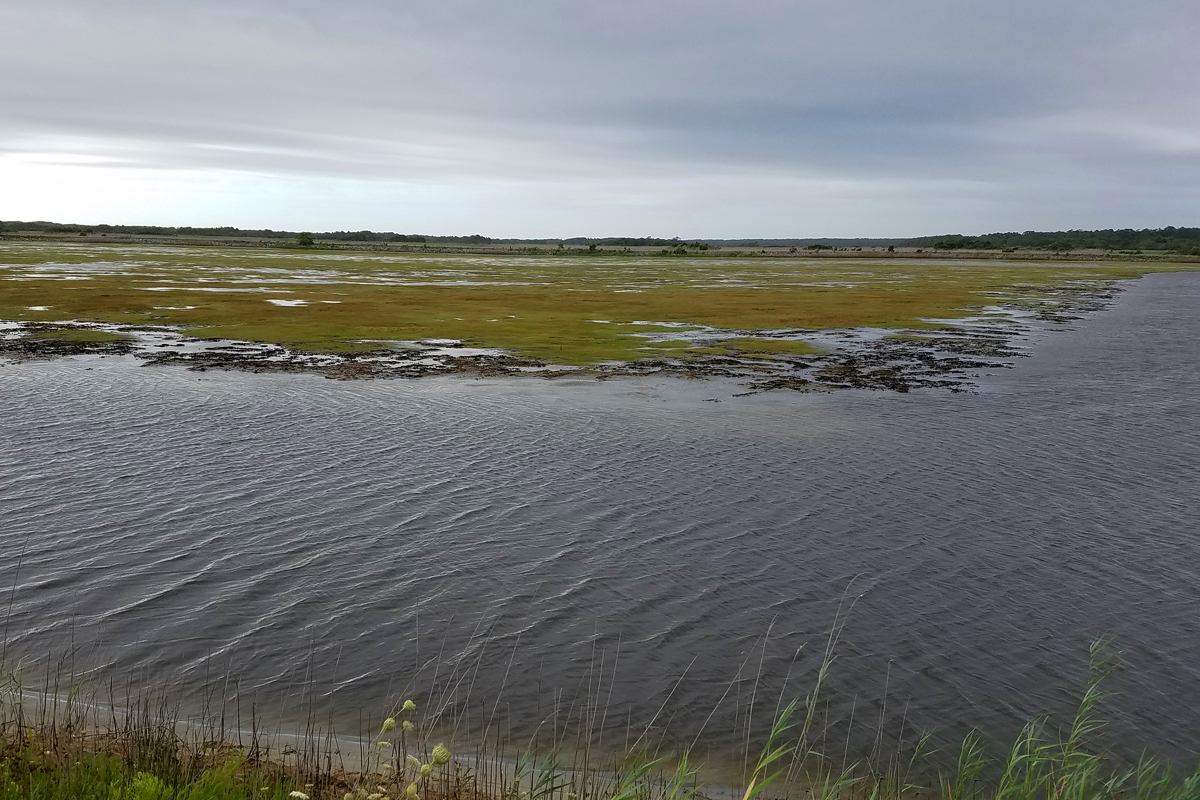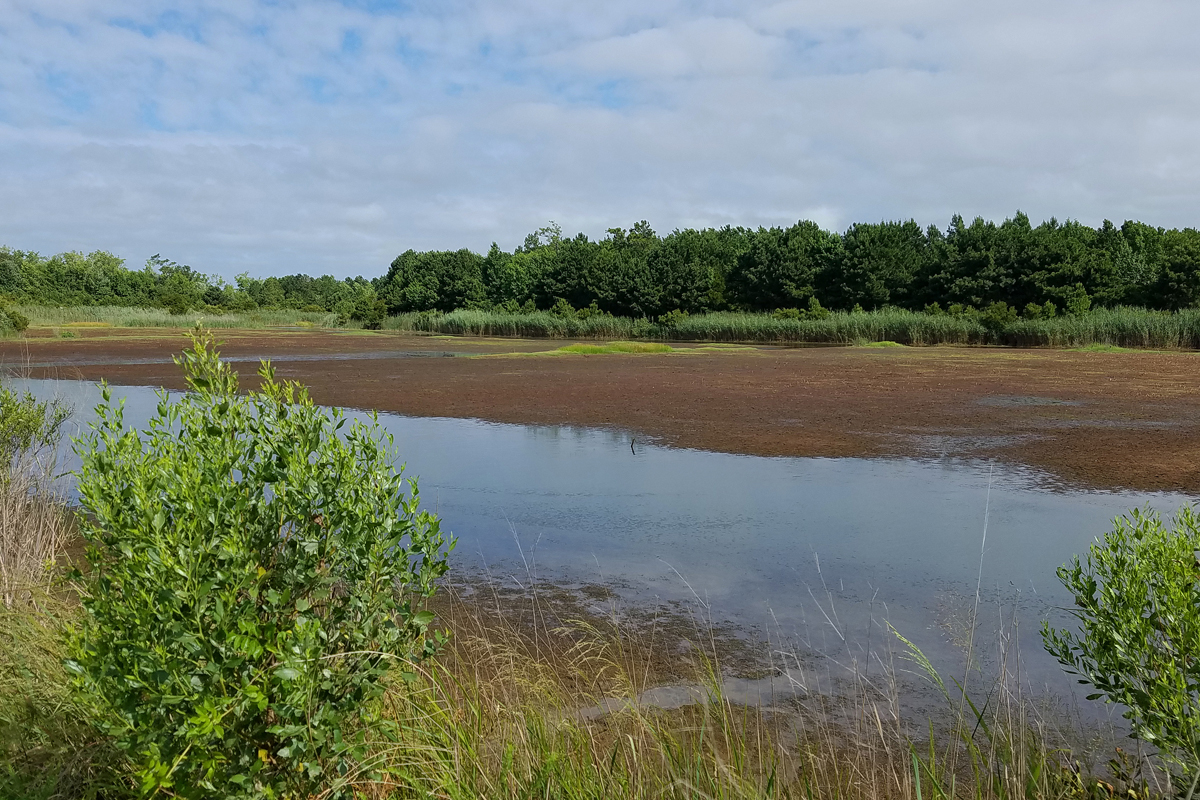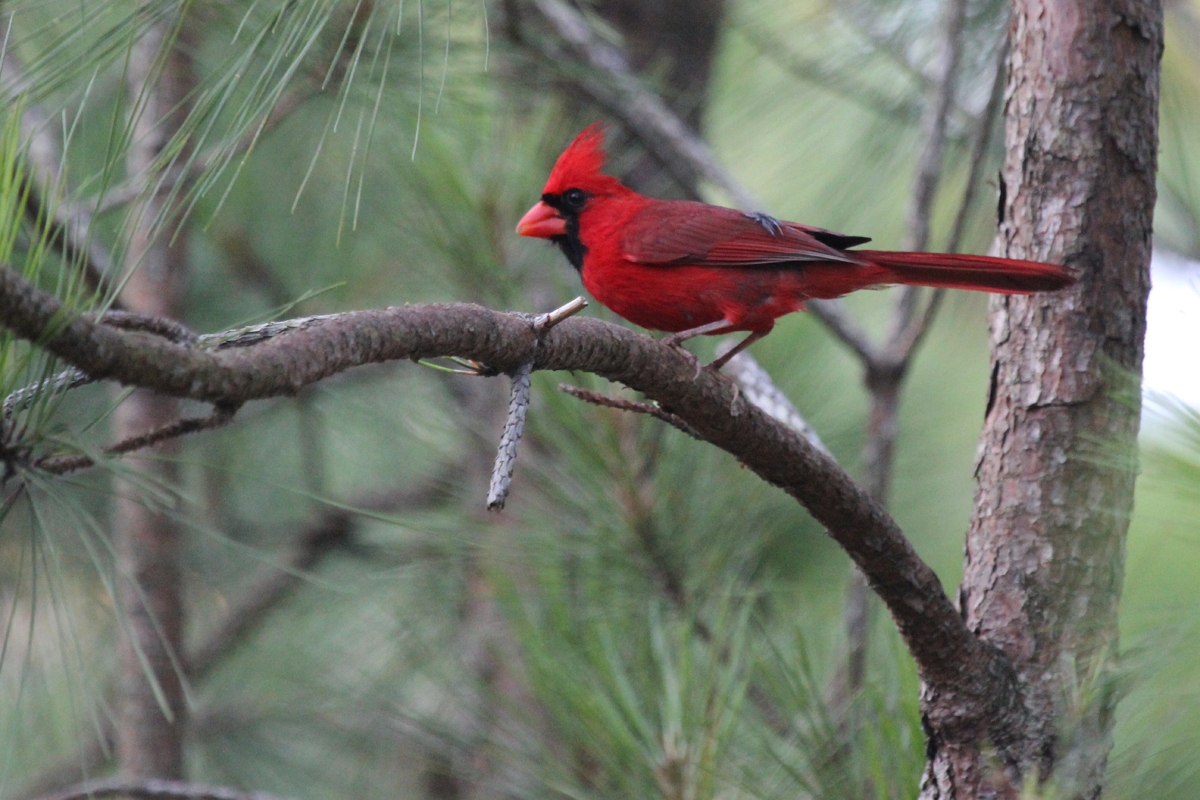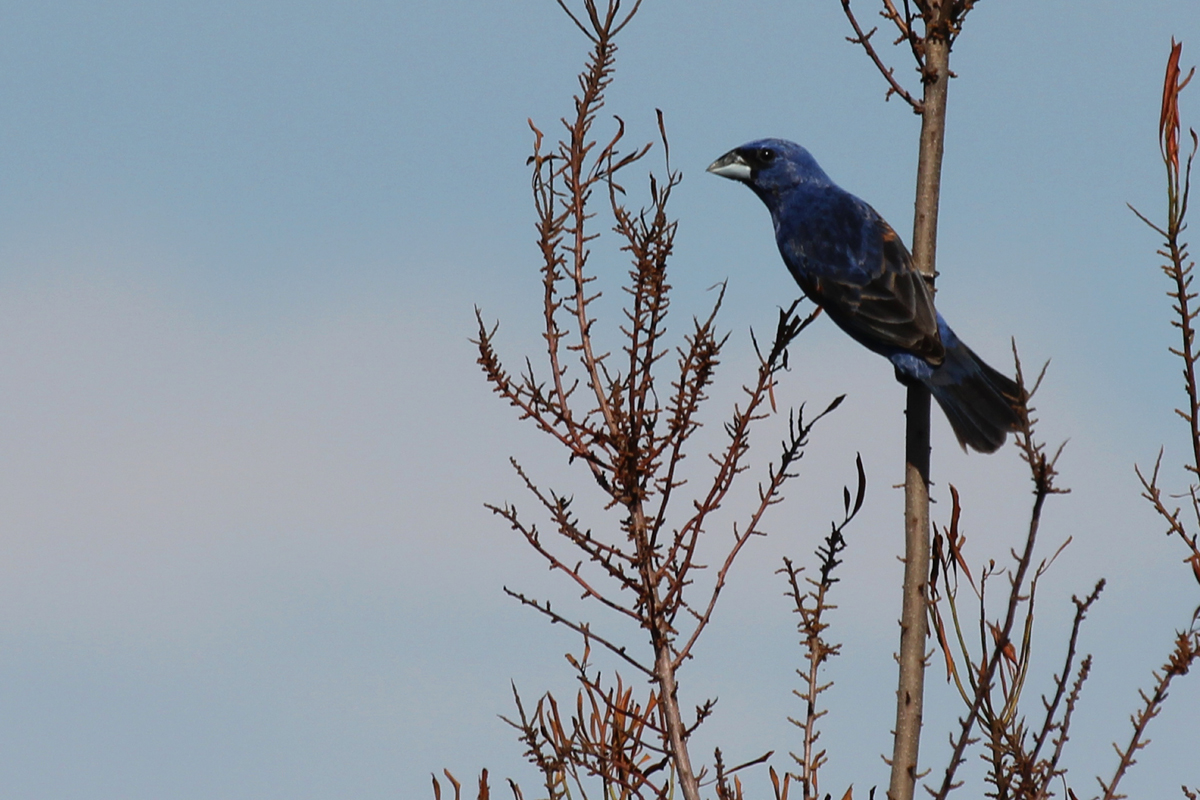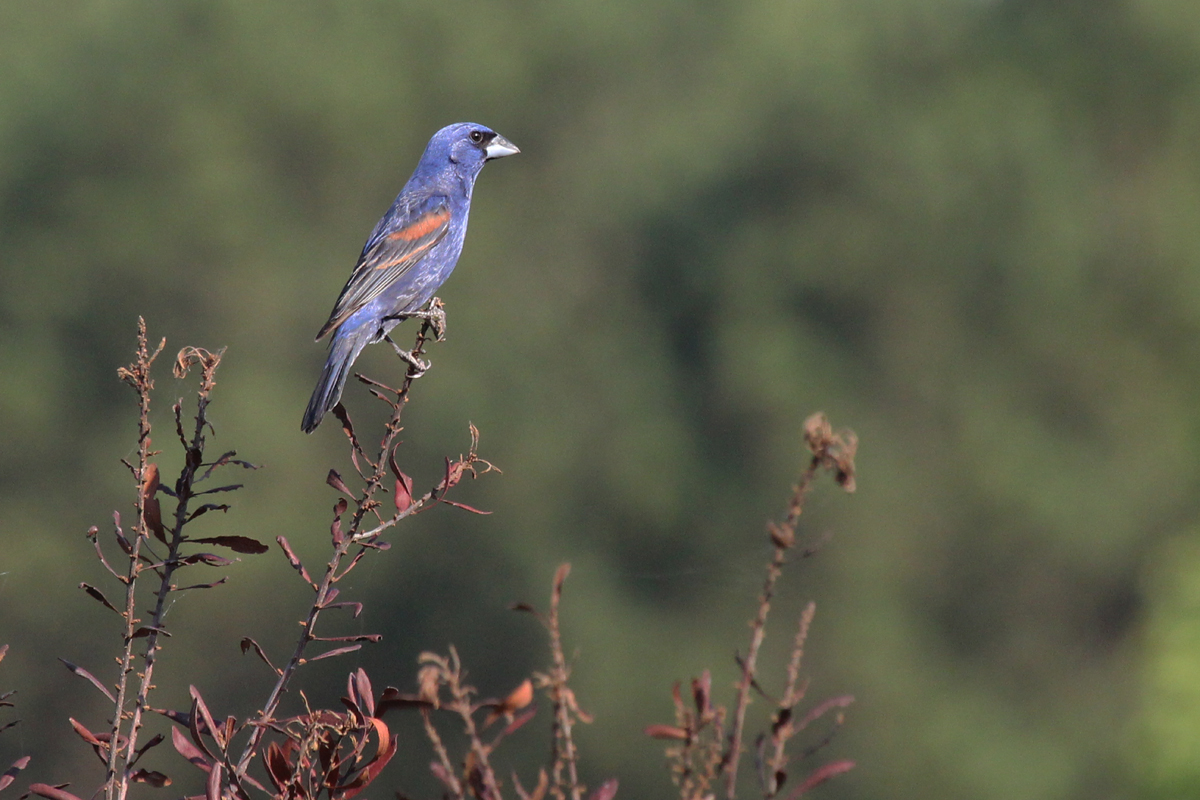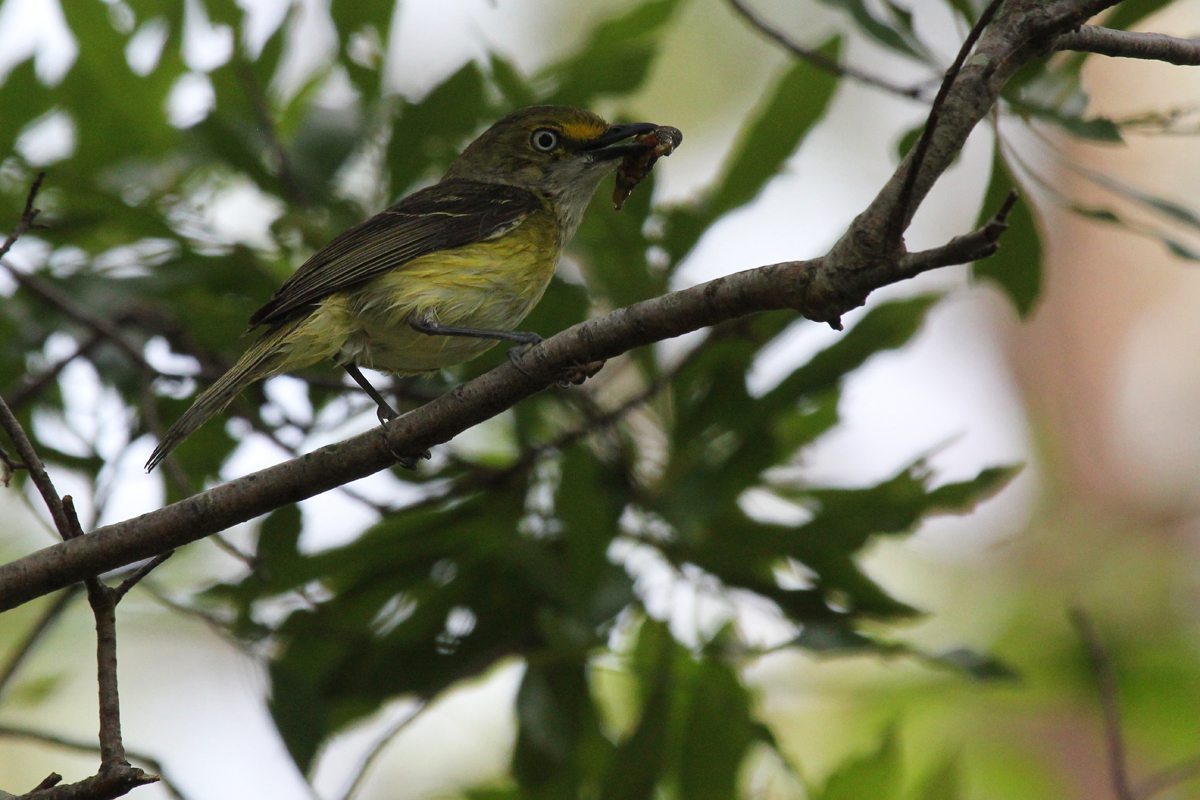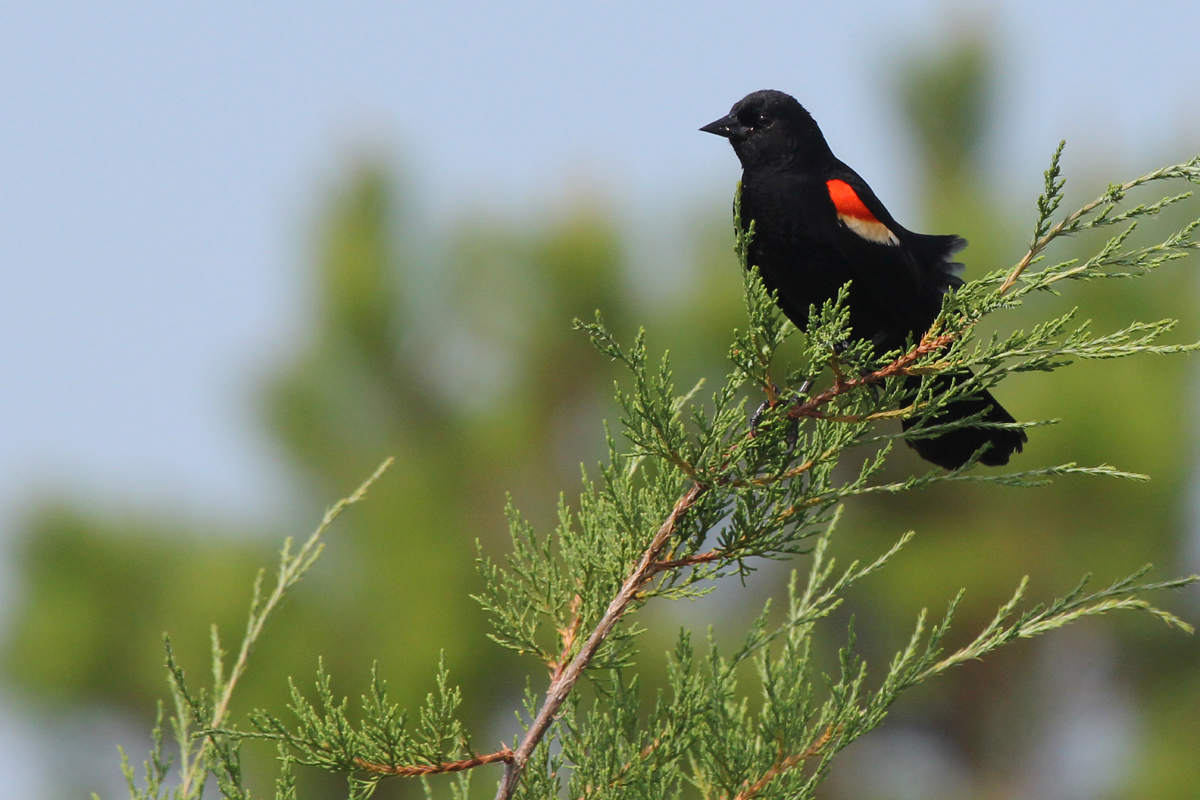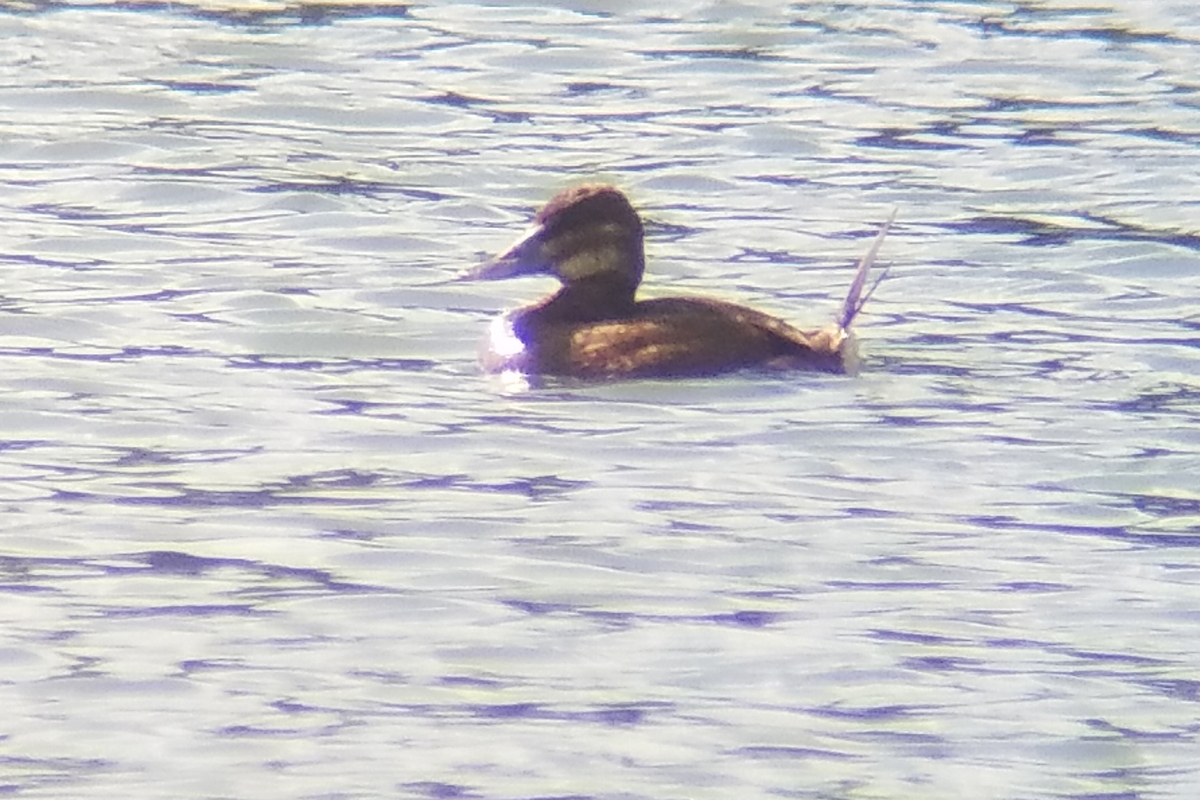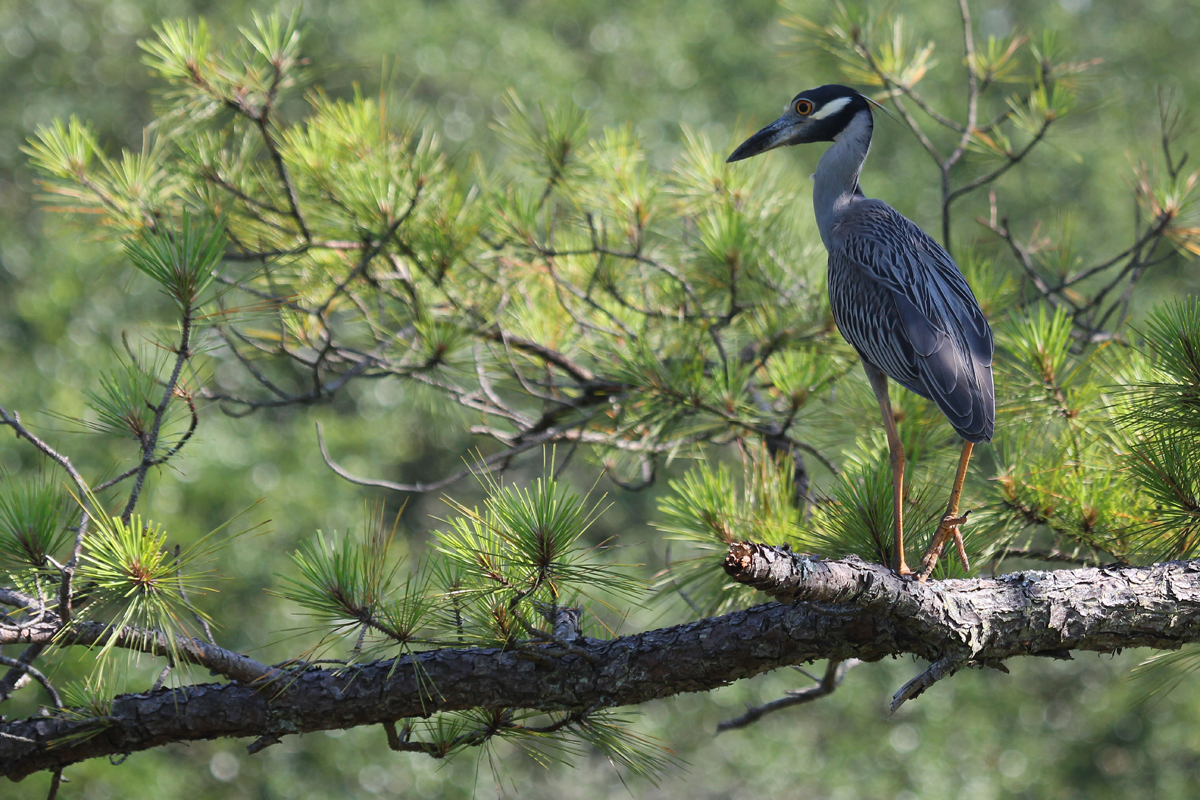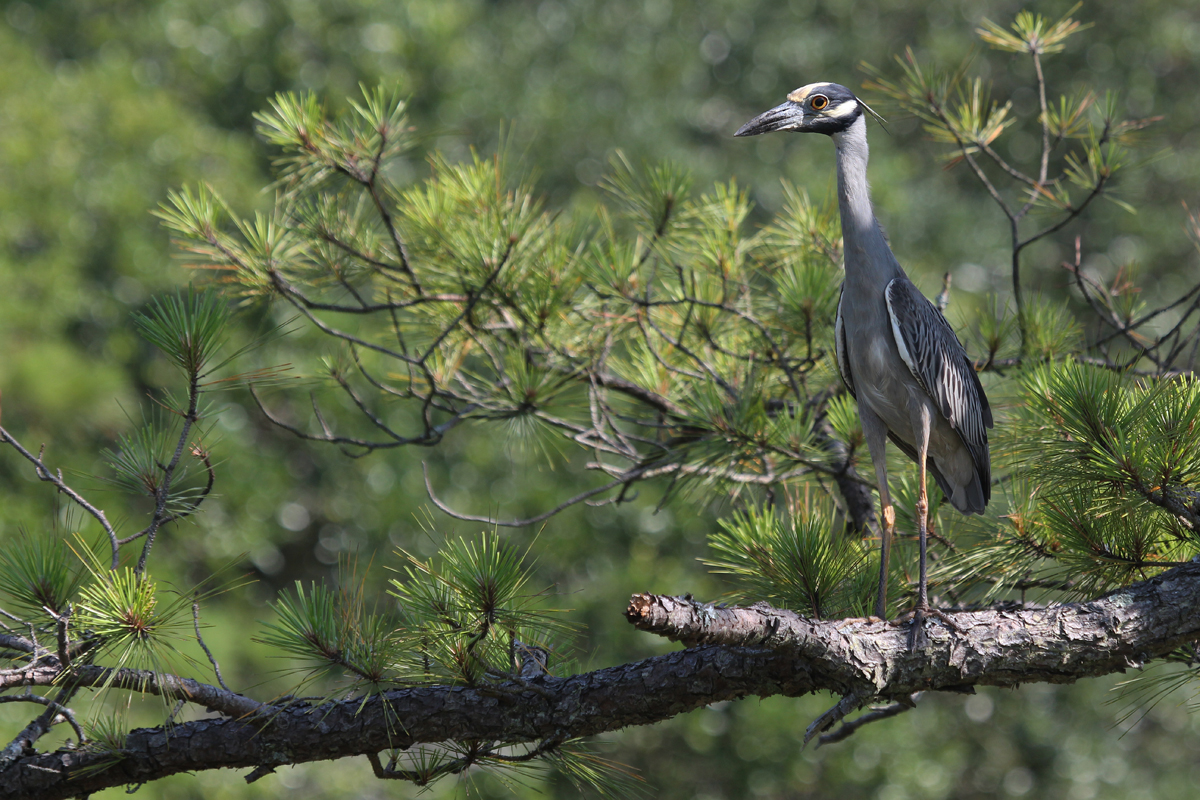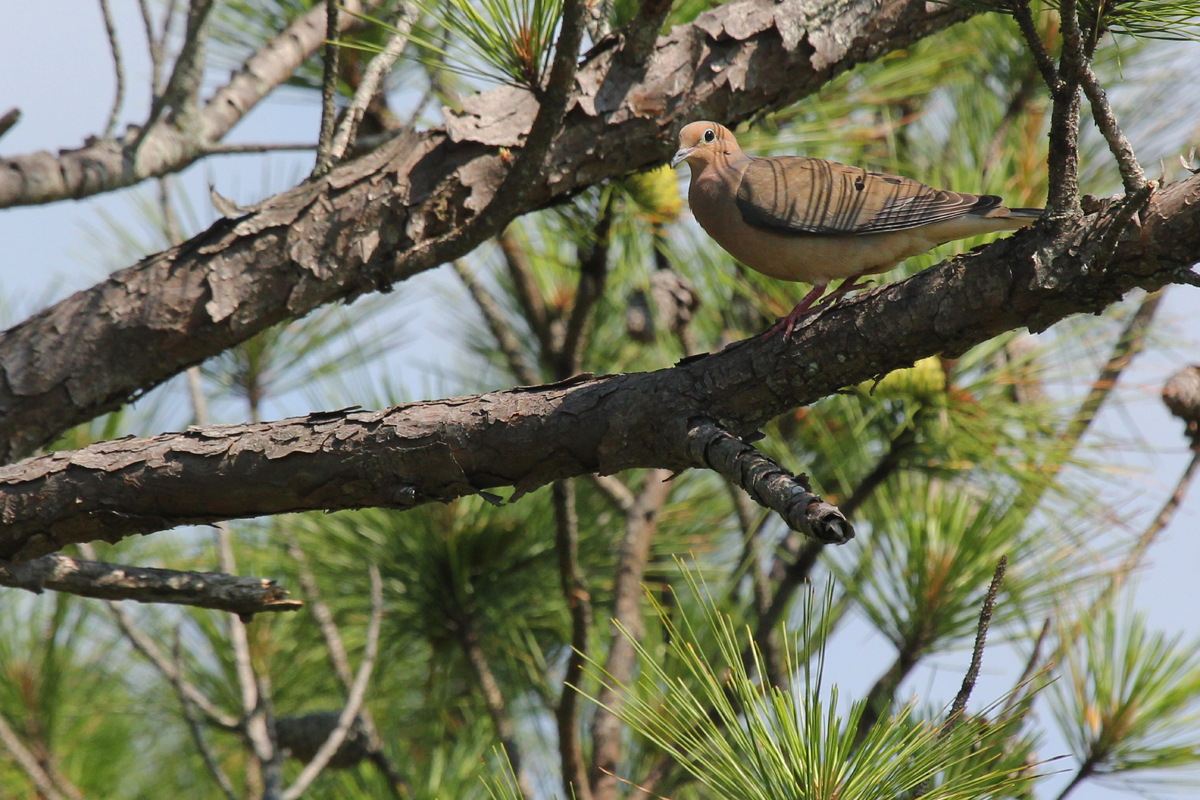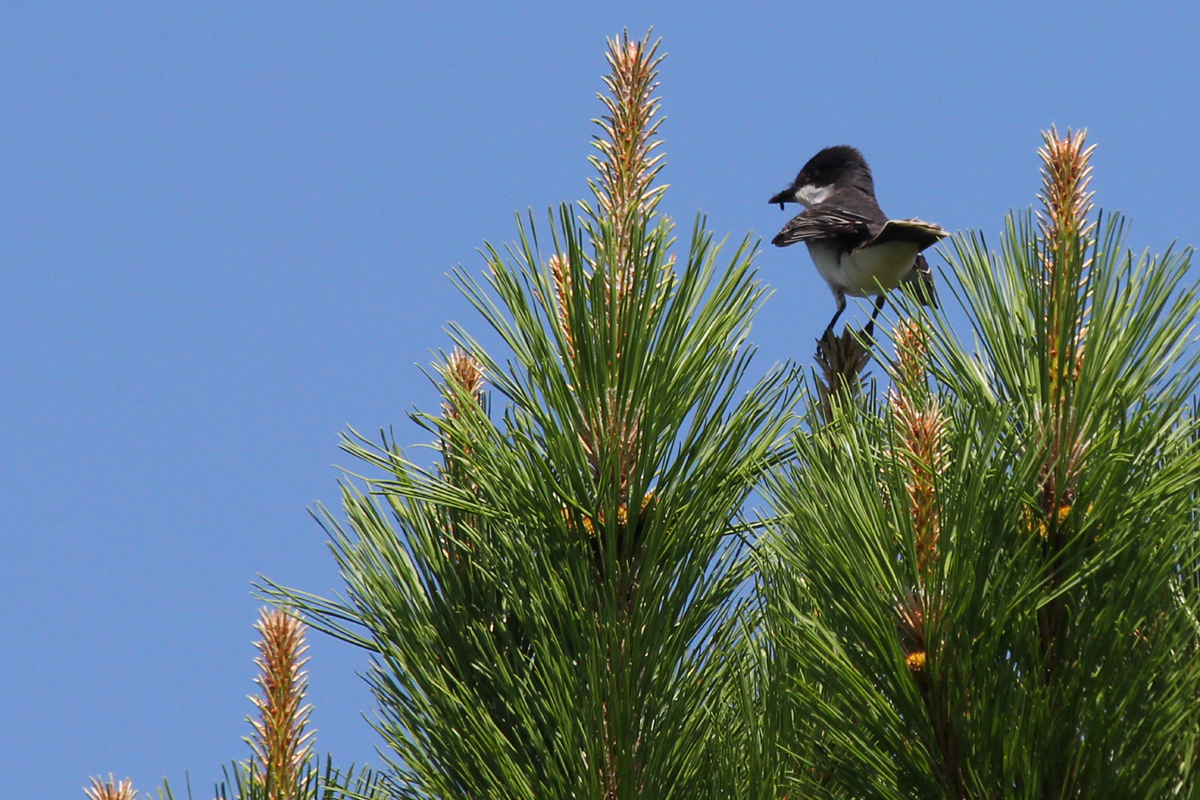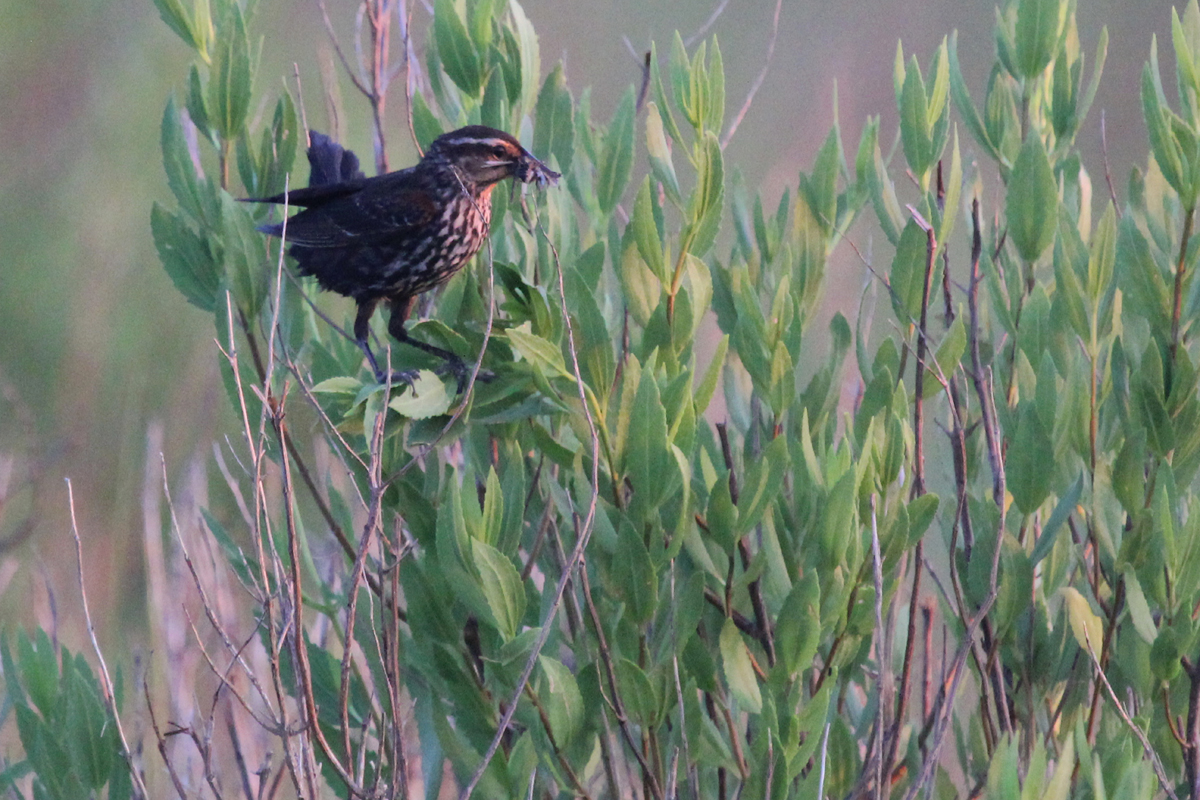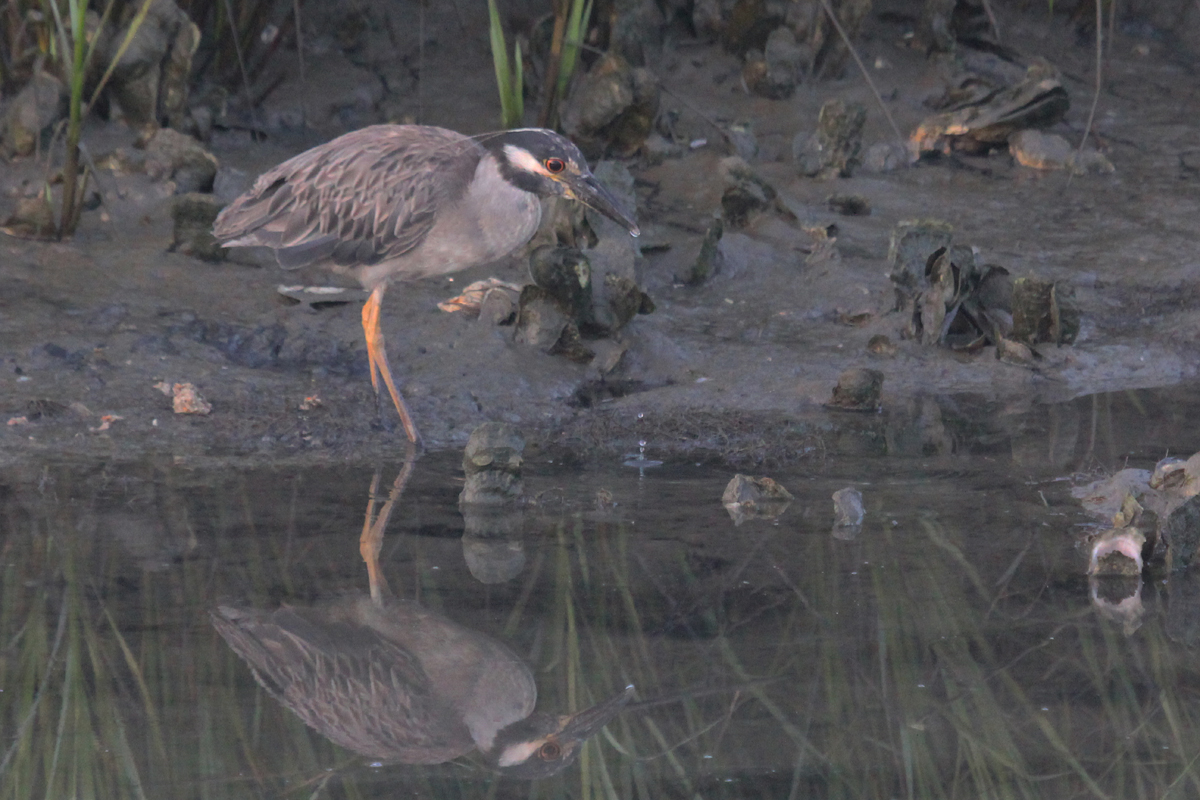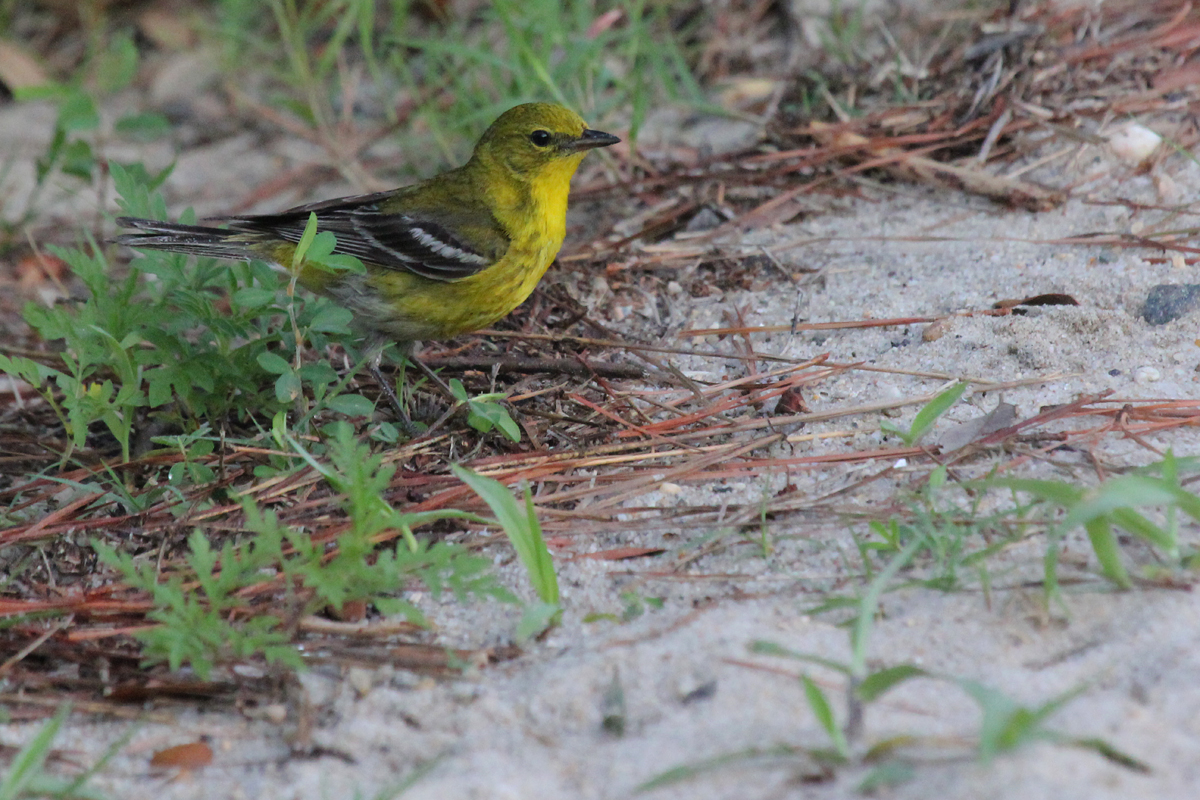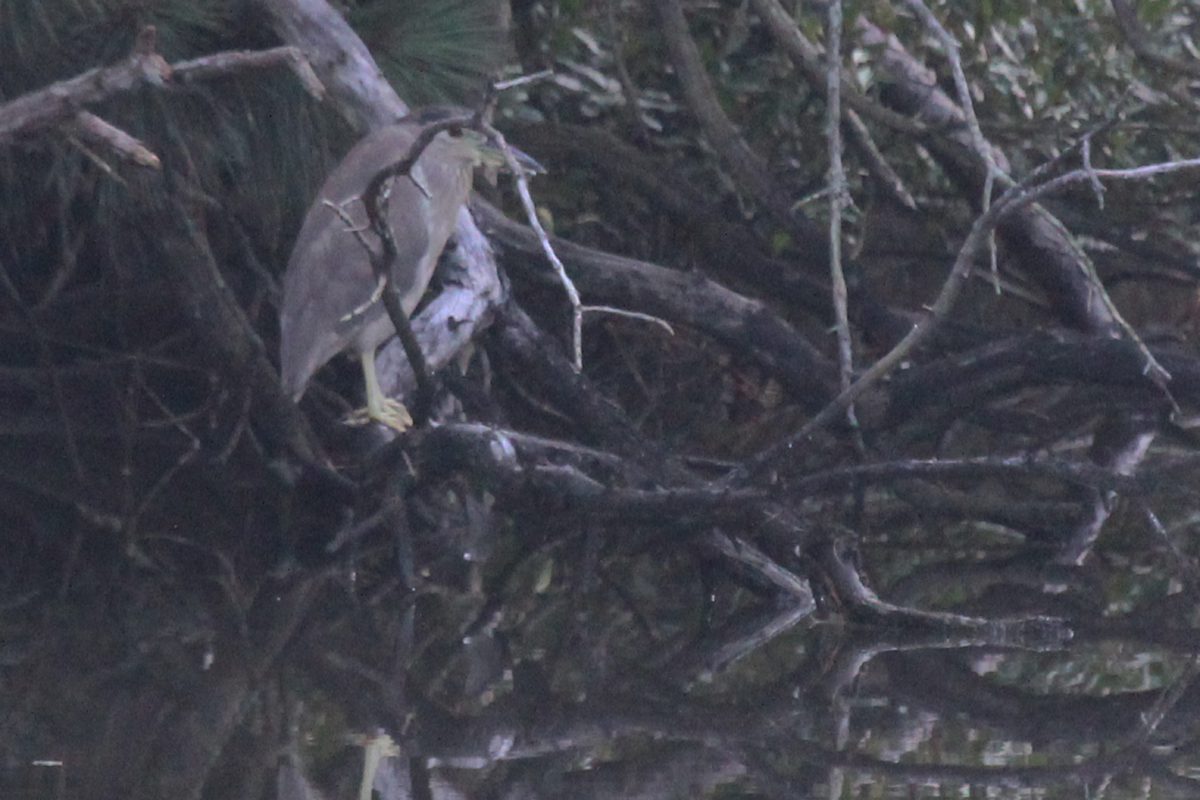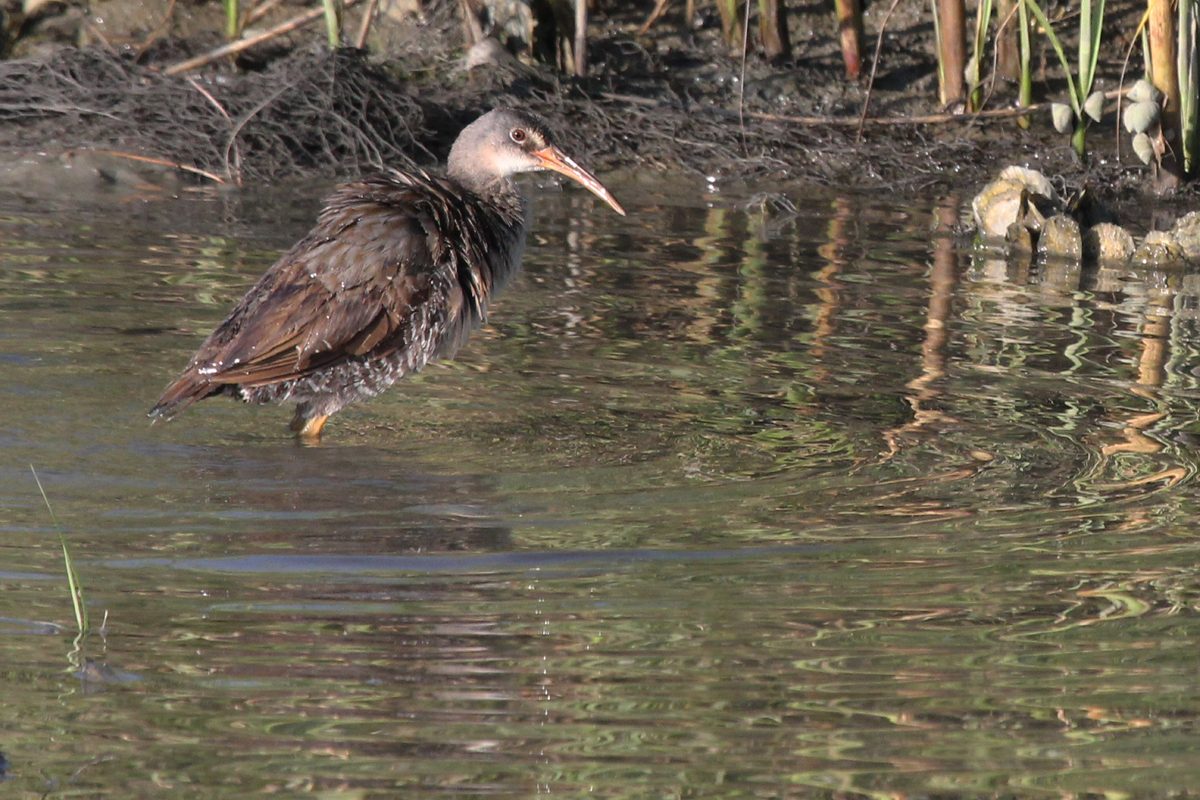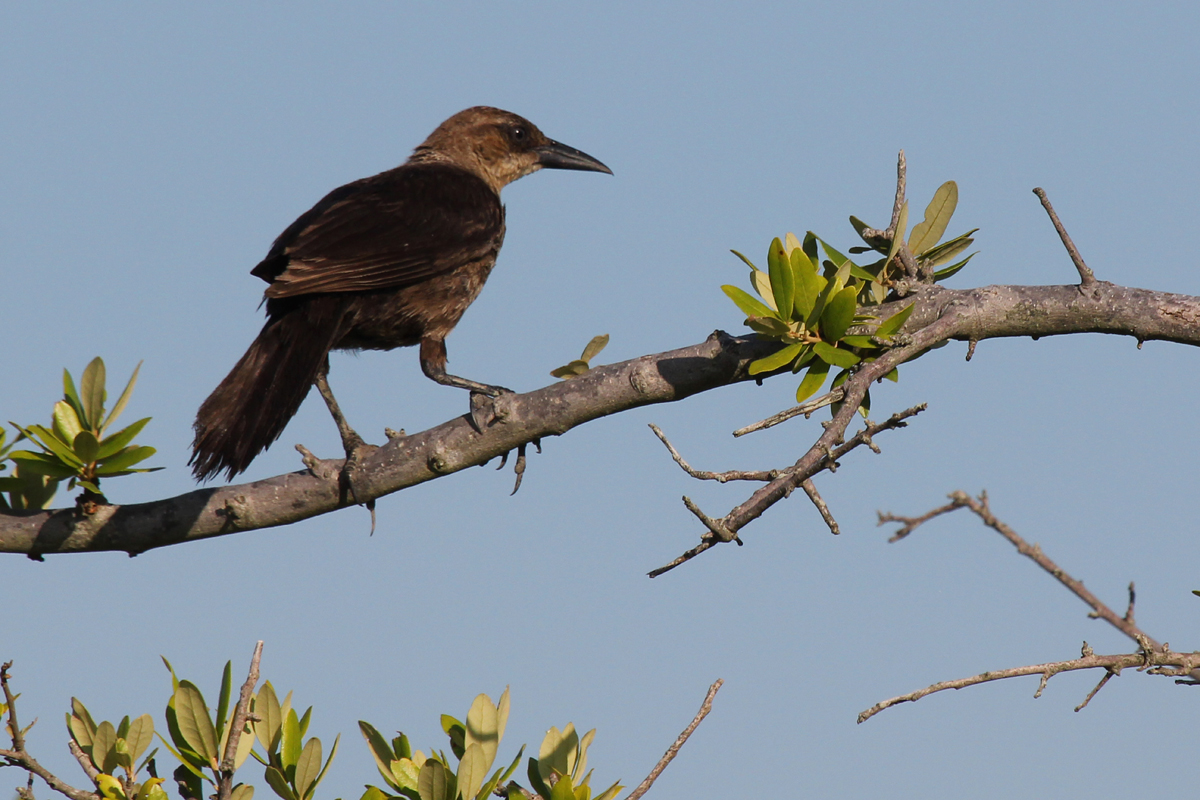Late July 2018 (21st-31st)
/During the late July reporting period, we saw a continuing rarity report for WHITE-EYED EASTERN TOWHEE at Back Bay NWR on 27 Jul (ph. Karen & Tom Beatty), as well as an early/unseasonal occurrence for AMERICAN REDSTART at a private residence in Hunt Club Forest on 28 Jul (ph. Karen & Tom Beatty). Other first-of-season arrivals included: WESTERN SANDPIPER at Back Bay NWR on 22 Jul (obs. June McDaniels), RUDDY TURNSTONE also at Back Bay NWR on 22 Jul (obs. Marlee Morris), STILT SANDPIPER in a flooded field north of Pleasant Ridge Road on 26 Jul (obs. Andrew Baldelli) and lastly, RED KNOT flying south past Back Bay NWR on 29 Jul (obs. Rob Bielawski).
For those hoping to view every photograph submitted for Virginia Beach during this period, please see the complete listing for the month of July located on eBird’s Media explorer by clicking here! Please remember, anyone with an eBird account also has the ability to rate these photographs (1-5 stars), and based on the average rating, this is how eBird populates anything media-driven on the website, particularly the Illustrated Checklists! So, if you're one of the many folks who enjoy looking at photographs of birds, take some time to click them all and rate them, it helps make eBird better and better each day!
LOOKAHEAD: With regards to annually expected fall arrivals, as of the reporting period close date, we have not yet logged first arrivals for DUNLIN (30 Jul average expected arrival), YELLOW-THROATED WARBLER, COMMON NIGHTHAWK, YELLOW WARBLER, NORTHERN WATERTHRUSH, AMERICAN REDSTART, SCARLET TANAGER & WHITE-RUMPED SANDPIPER (5 Aug) and BANK SWALLOW (10 Aug). If you observe one of these species before the date listed, please try to document the sighting as best as you can! Please also remember that every species’ expected fall arrival date can be viewed in table format by Clicking Here!
Next Entry | Next Year | Entry Index | Previous Year | Previous Entry
For further information regarding this thrice-monthly, online publication, please visit the Journal Overview Page which provides an in-depth explanation of the format, layout and composition of the journal. As always, thank you for reading, and please leave me a comment below (you may use your Facebook, Gmail or other accounts to easily do so), or just click the Heart icon to the lower right of this post to let me know you stopped in!
